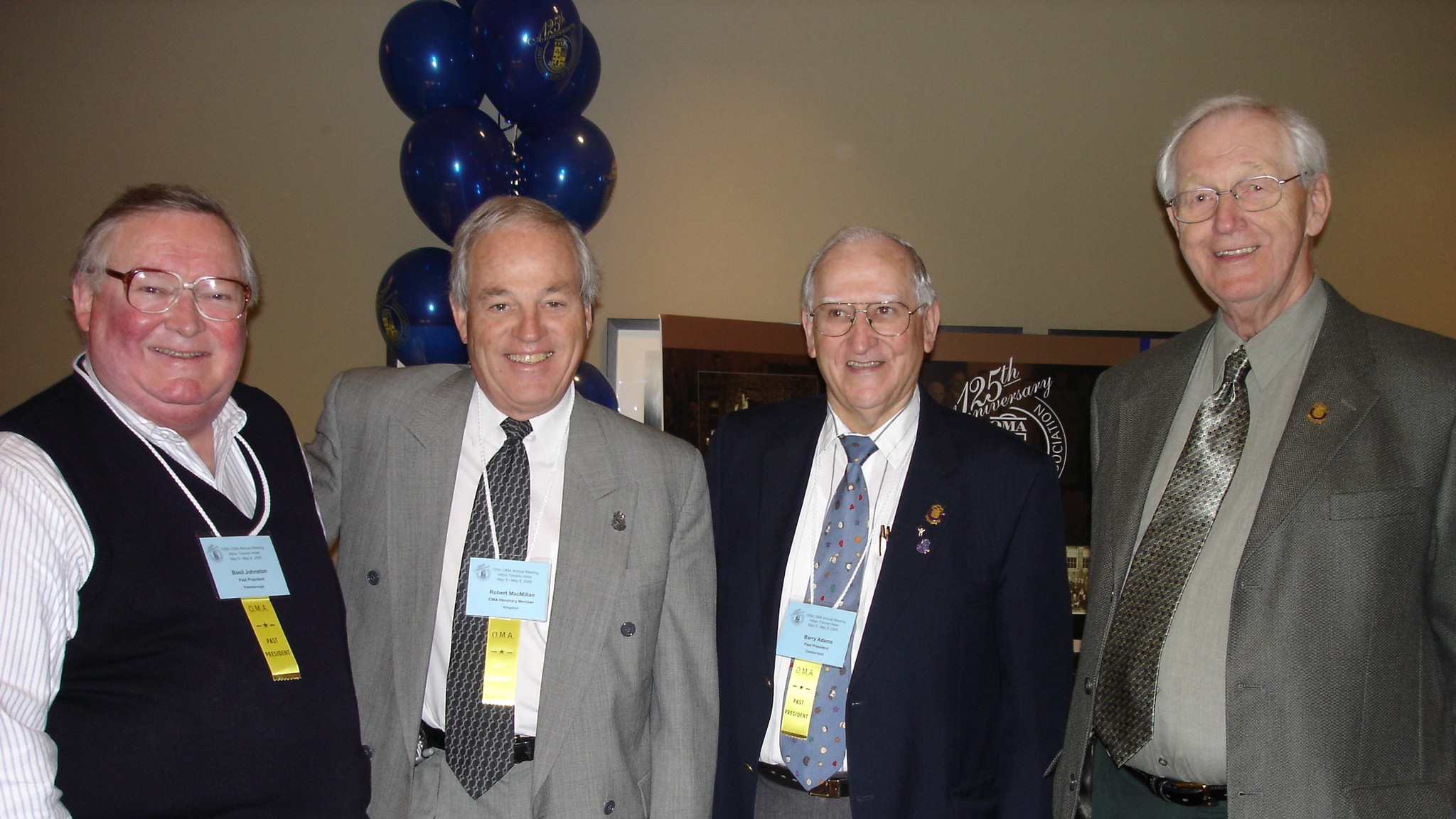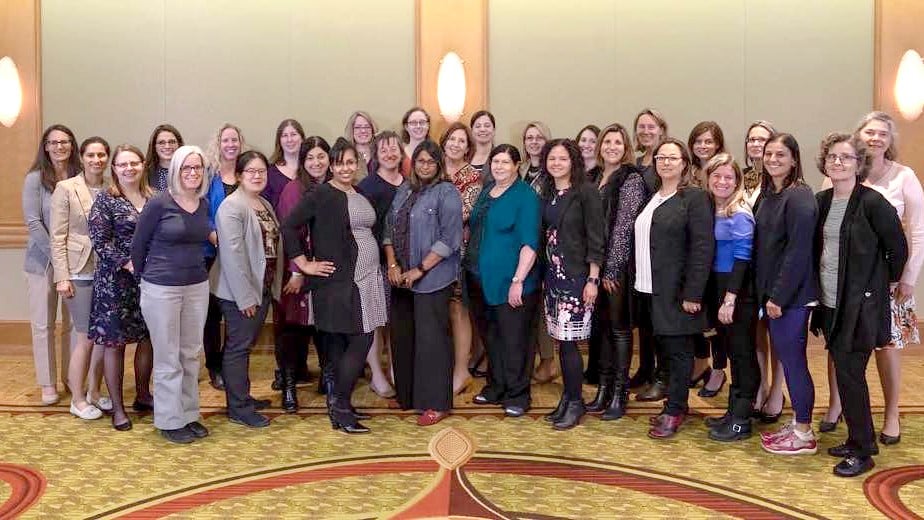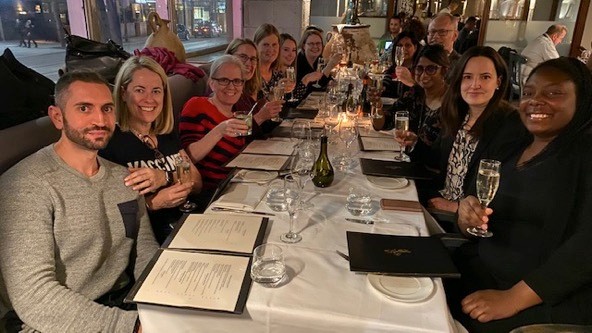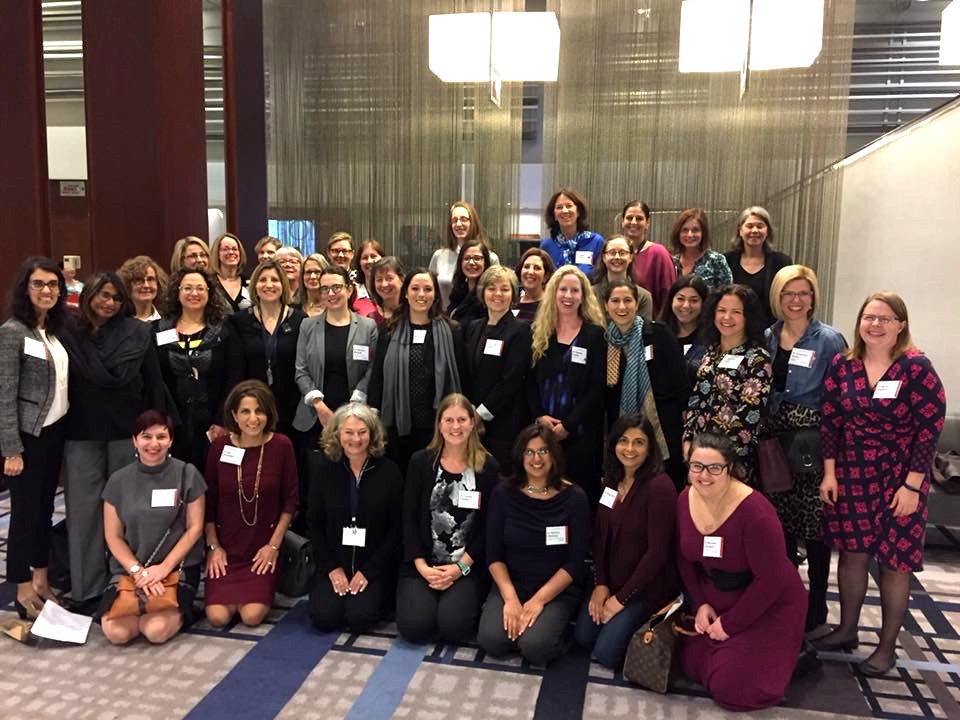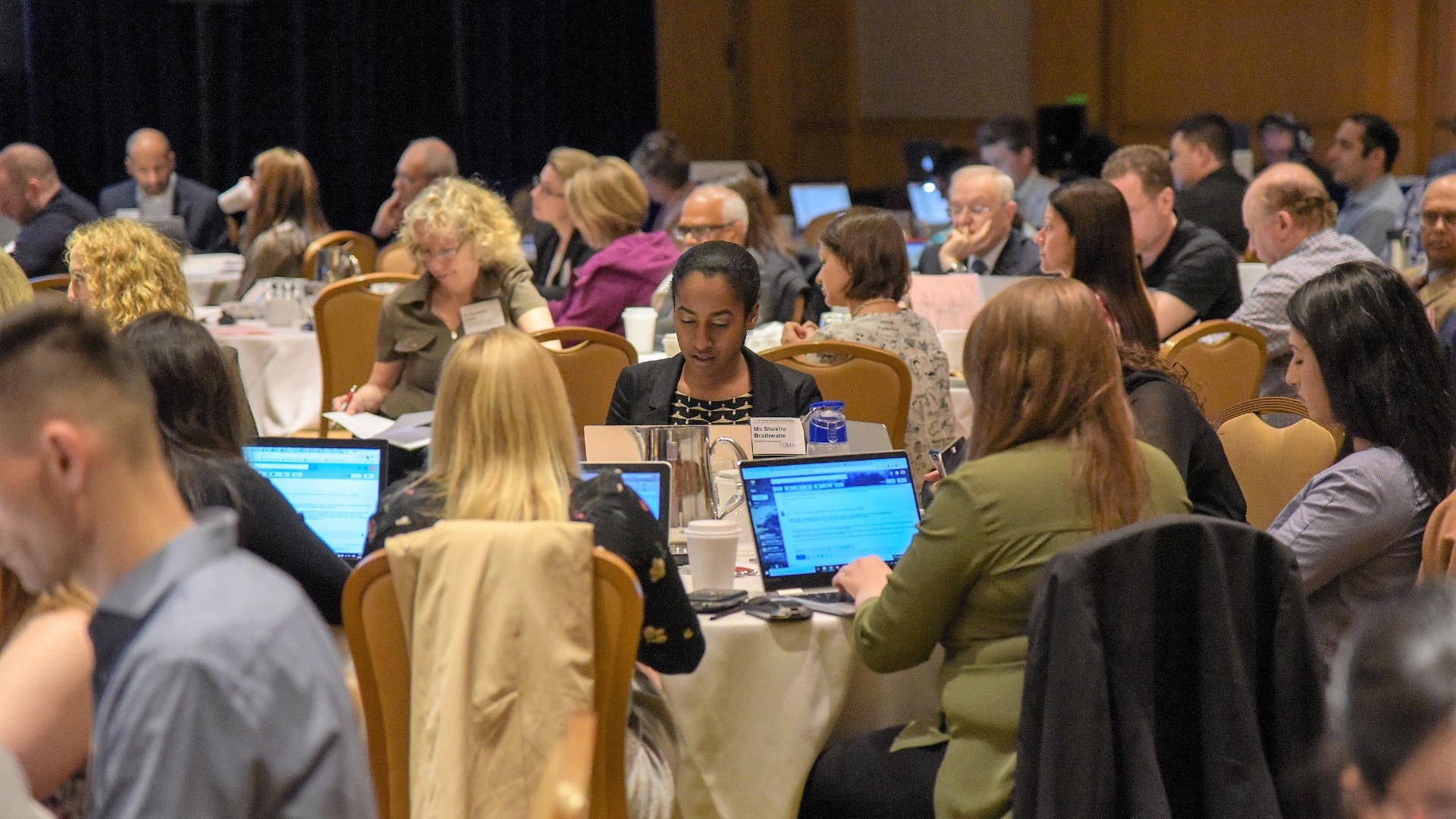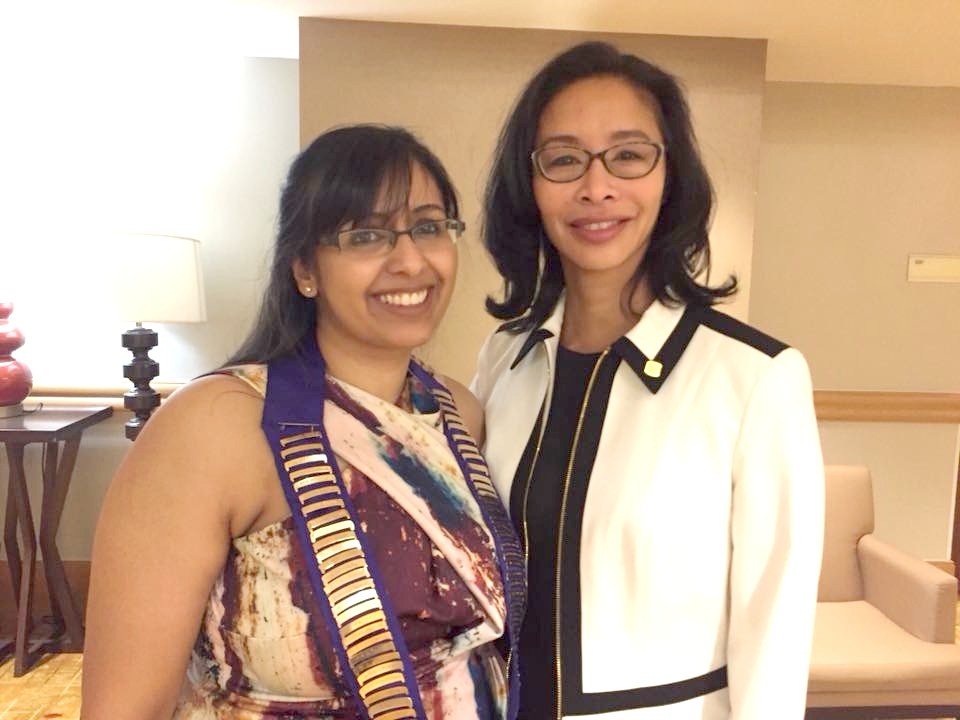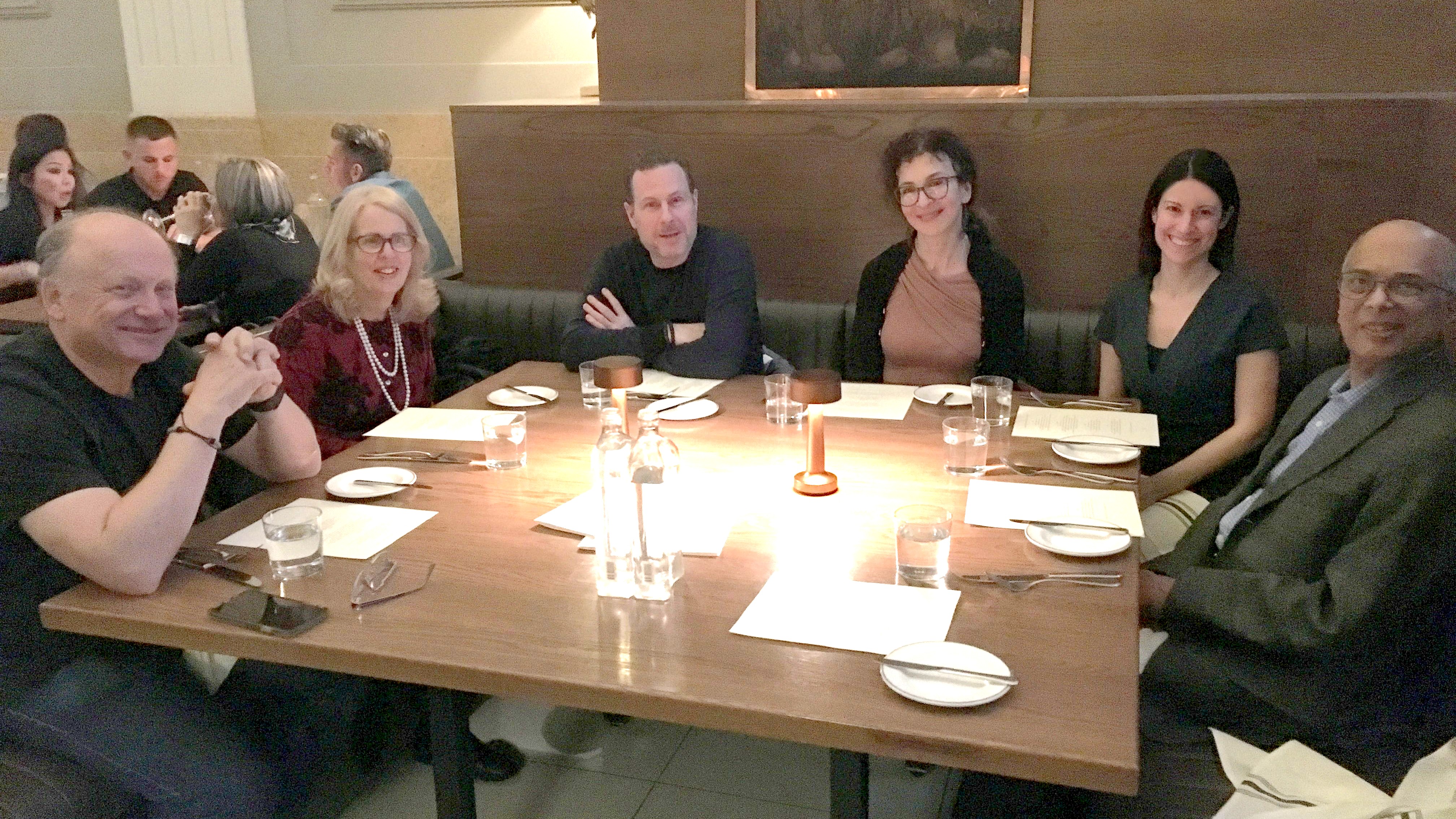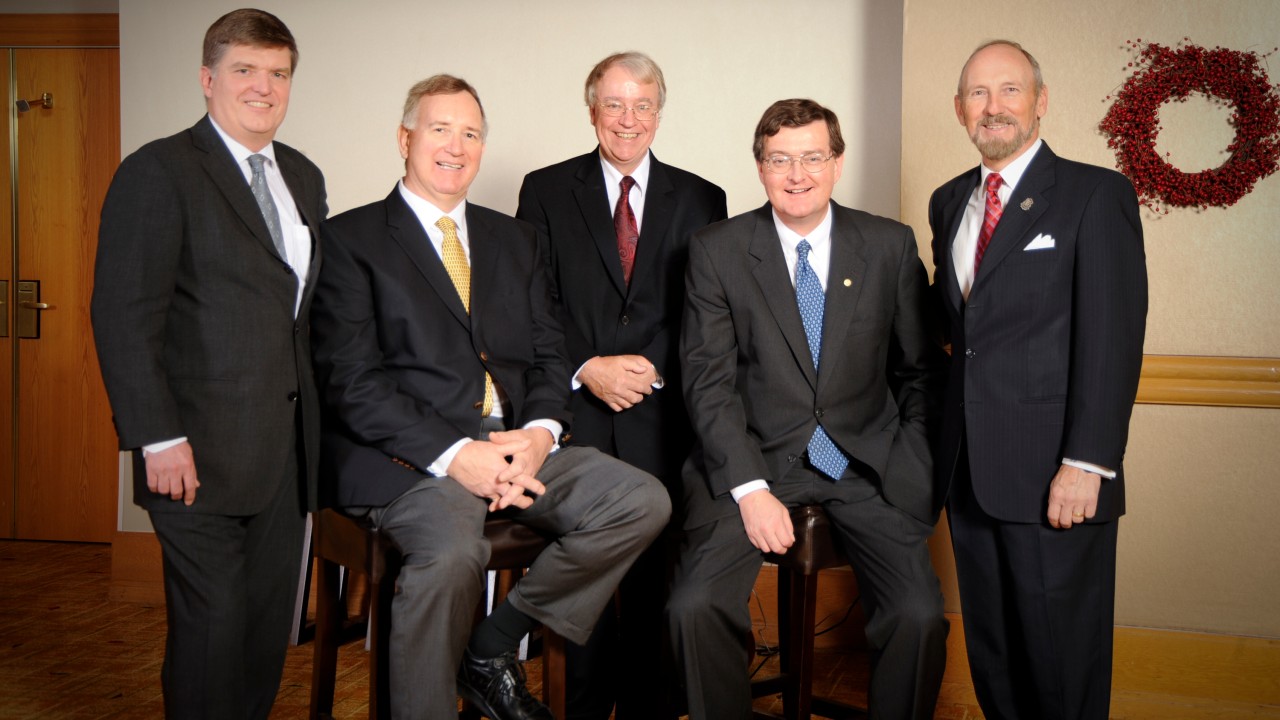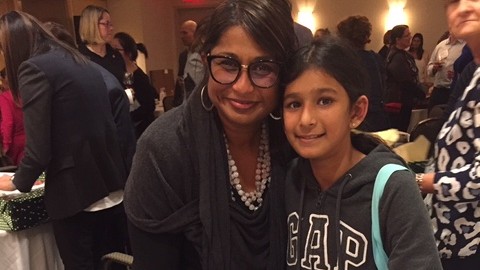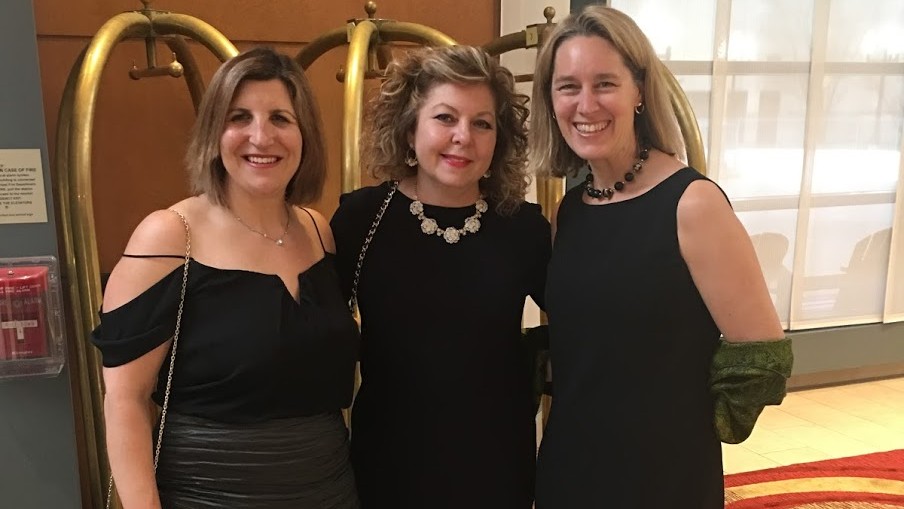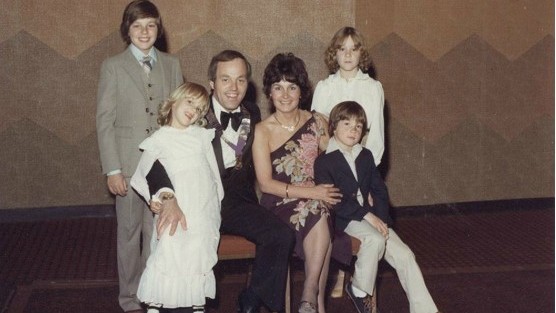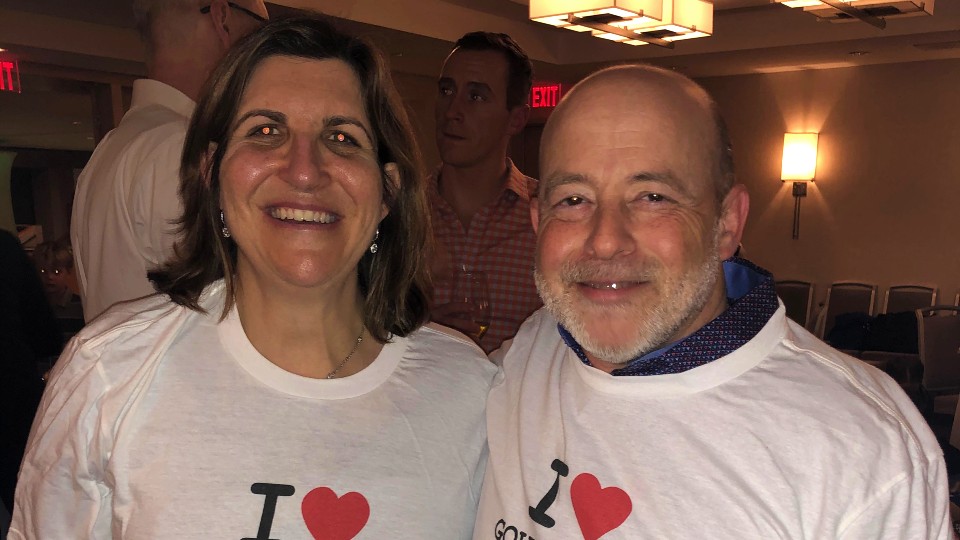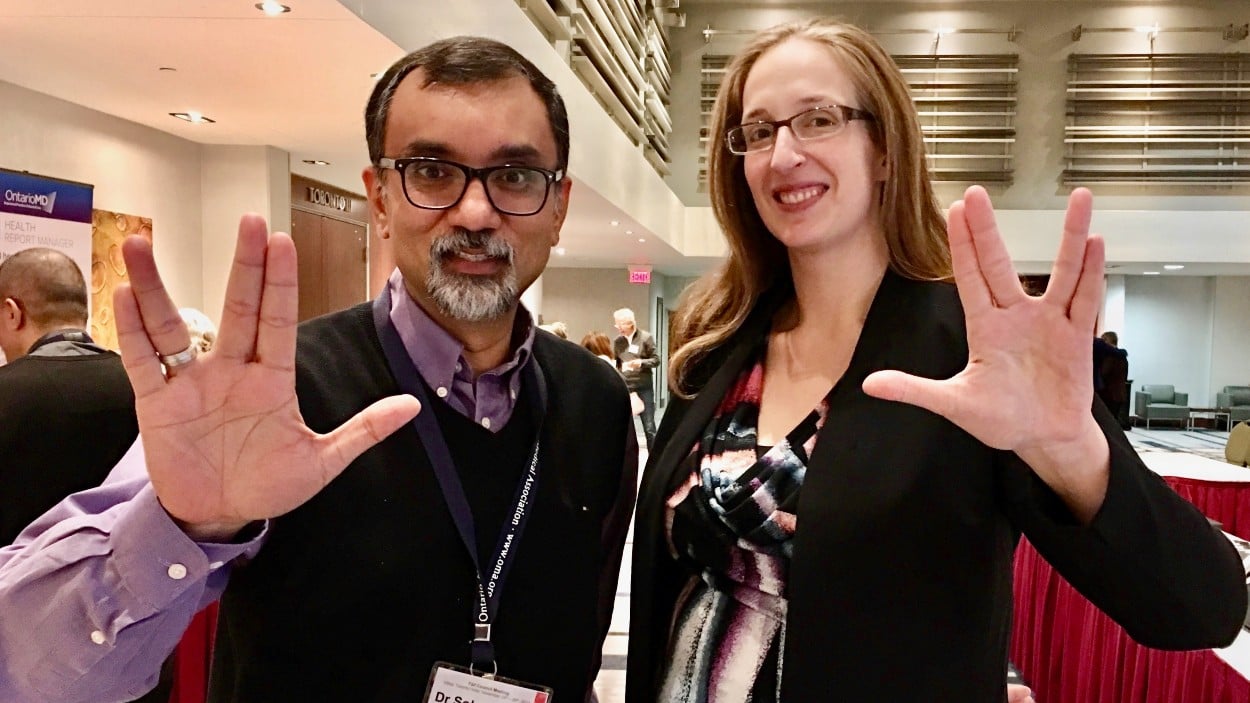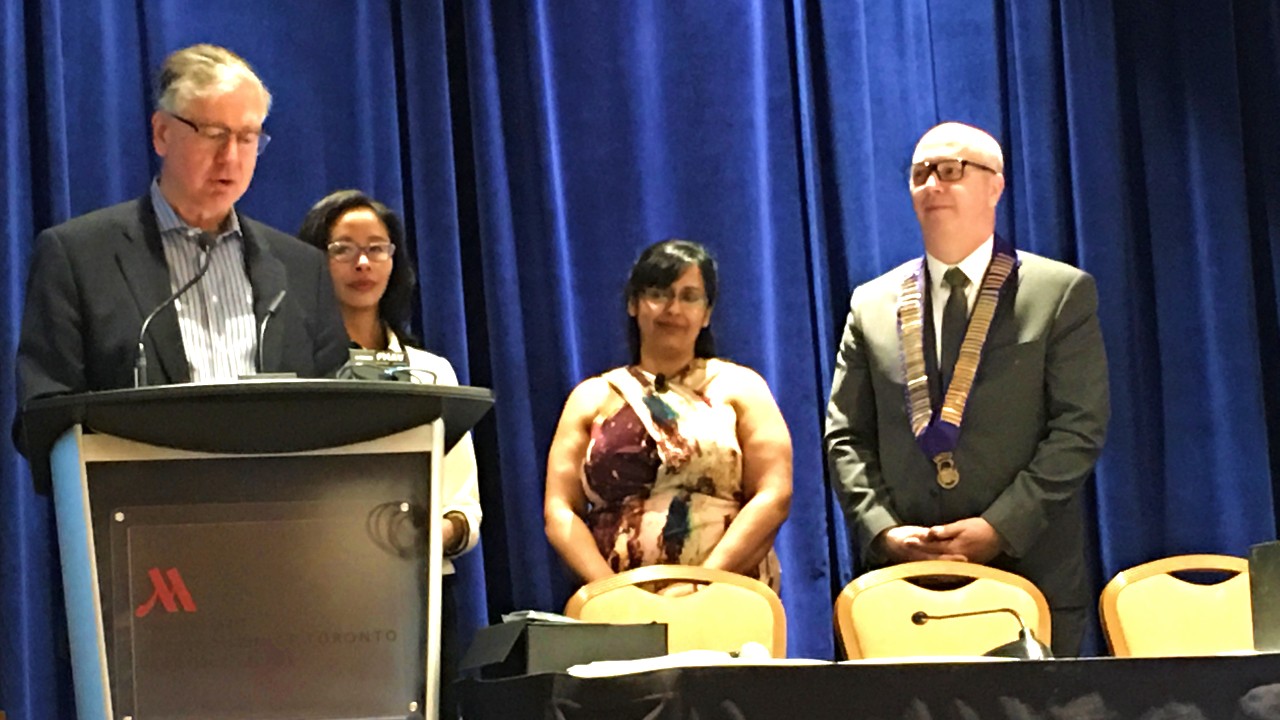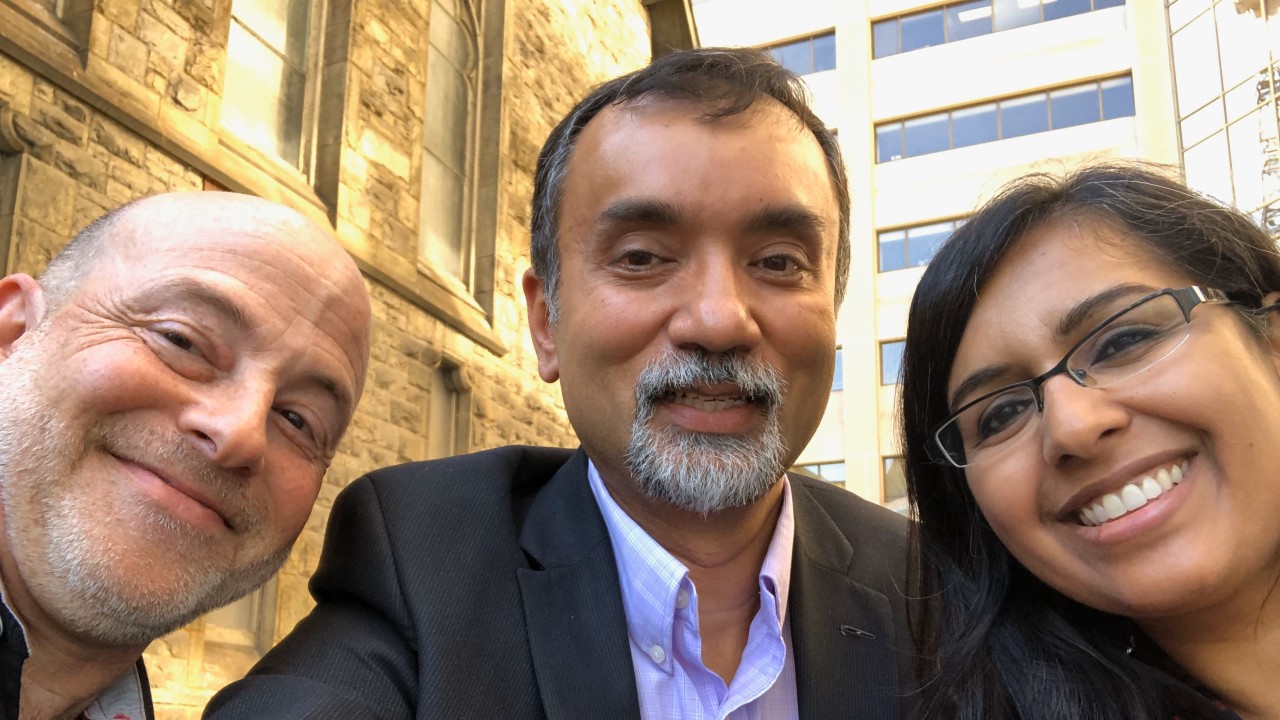The Council Memory Project
The Council Memory Project gives us the opportunity to learn more about the history of council from past and present members. It also allows us to reflect on how the organization and profession have progressed and to celebrate our achievements.

A video presentation highlighting the OMA’s long history as a leader in Ontario’s health-care system, recognizing the integral role Council played in advancing medical care as an evolving association.

A video of images submitted by OMA members and obtained from the OMA archives, that illustrate the camaraderie, discussions and conduct of Council.
Memories, photos and personal stories of OMA members from their time on council, including challenges they faced as well as achievements.
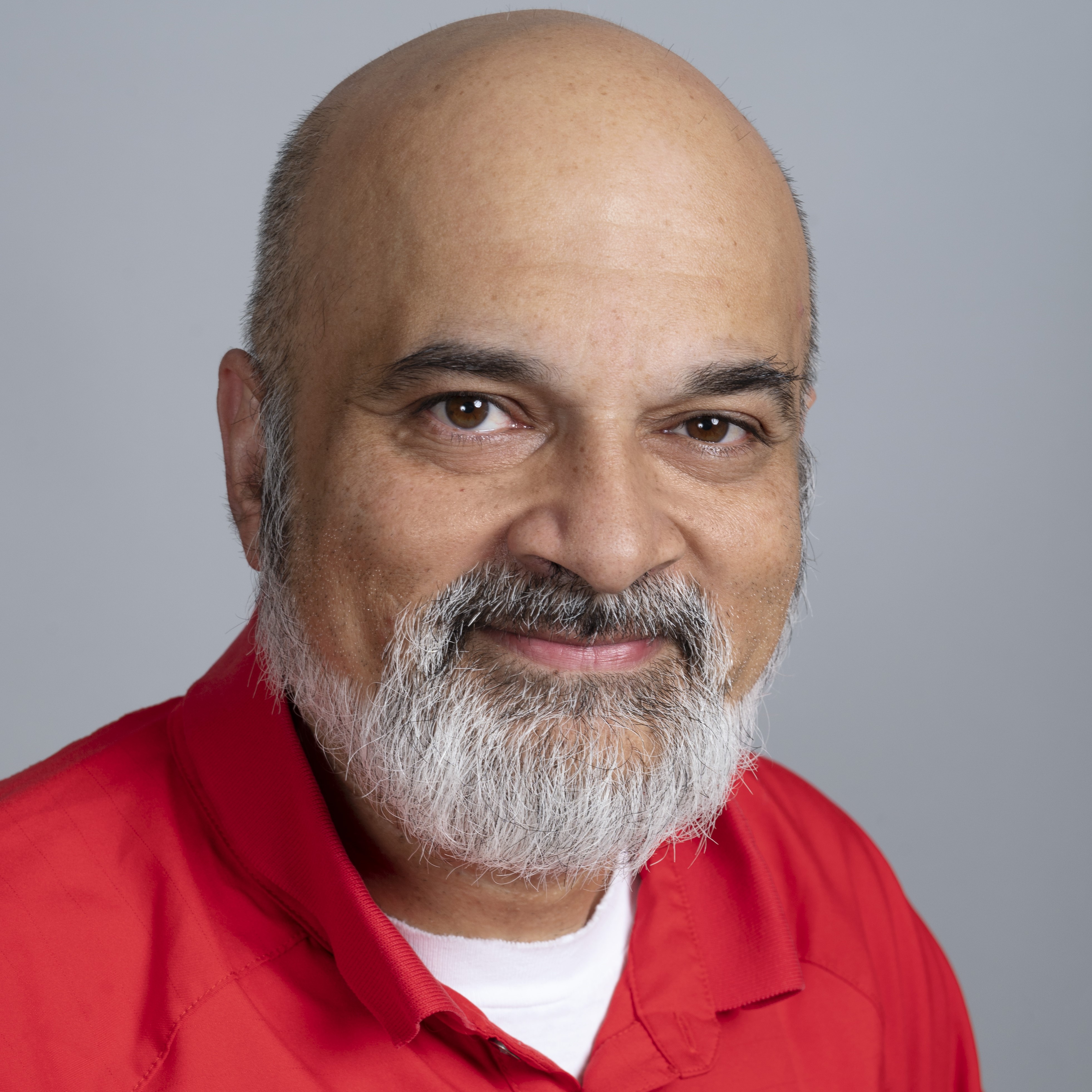

What is your earliest memory of council?
My earliest memory of council was attending as a first-time delegate in 2010. Merrilee Fullerton had convinced me to become involved with the OMA, and this was my foray into the organization’s governance. I remember being impressed with the formality and structure of the meeting, which was chaired at the time by Dr. Hudak and Dr. Barker. It felt really good to be in a room with smart, talented and passionate physicians from across the province, and to be part of how the organization was being run.
What are some of the biggest achievements of council?
Council’s biggest achievement was the passing and implementation of governance transformation. The significance of this decision may not be fully understood by many, but by passing the governance transformation recommendations, council in effect, sunset itself in the greater interest of the membership and the organization.
Council has also done many other things along the way and has served as a reflection “second-thought” chamber to the organization and the board, providing key insight on the pulse of the membership on various issues. This has included issues such as negotiations, relativity, government intransigence, and the general health and well-being of the profession and physicians. Council reflects these things back to the board and organization in a thoughtful way that sometimes the people in the moment don’t have that lens or feedback.
What is your most memorable or funniest story from council?
At the November 2015 council meeting, Dr. Rai went to the mic and made a motion that in effect, called for the OMA to shut itself down. I was vice-chair at the time, and I remember thinking to myself, what the hell are we going to do if this passes. This is funny in hindsight, and a moment that stands out my memory, but it was also a very serious matter and one that potentially threatened the livelihood of everyone in the organization. However, it does highlight one of the best things about council in that, despite disagreement of others and the unpopularity of the sentiment behind the motion, the physician who brought the matter forward had the opportunity to stand up and say his piece.
Biography
Dr. Acharya is an OMA Board Director-Elect (2021-2022), chair of the OMA Council (2018-present), and board director, OMA Insurance (2020-present.)
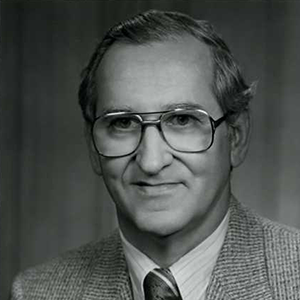

What do you see as council’s biggest achievements?
A lot of the work of the association has to be done at council and it is all necessary. Council tackled, and debated vigorously, laws in Ontario that led to great changes regarding seatbelts, smoking cessation and air quality control. Many of these changes came from motions at council.
What is your most memorable or funniest story from council?
I remember at one of my early meetings there was a debate regarding the fee for a baby visit. At the time pediatricians received slightly more for the visit than a family physician. Now I normally consider myself an overall physician rather than a pediatrician, but I agreed that we deserved the higher fee because we had more training. I know this is what they are trying to do now with relativity. The other physician who argued against me was Dr. Ed Moran, who, as you know, became OMA CEO (1978-1991) and with whom I worked when I was president. So, it’s funny that we started as adversaries but then we became great colleagues and we worked well together during my time in office.
Where do you see the OMA and the medical profession in the future?
I like the changes and how the OMA is evolving including non-physician members on the board. It will add different ideas.
Biography
Dr. Adams graduated from medical school at the University of Ottawa in 1959. He then did a rotating internship and a year of internal medicine followed by a year of pathology at St. John's Hospital in Detroit, Michigan. He returned to Ottawa in 1963, completing two years of pediatric residency and a one-year fellowship covering the neonatal service at the Ottawa Hospital – General Campus. Dr. Adams then did a research fellowship at the Hospital for Sick Children in the neonatal service. He commenced his general community pediatric practice in Ottawa in January 1966.
During his years of practice in Ottawa, he was also clinical head of the neonatal service at the Ottawa Hospital. He was the first president of the medical staff when CHEO opened and served as chairman of the MAC at CHEO on two separate occasions. He also served the medical profession as representative to the CPSO, the Canadian Paediatric Society and the University of Ottawa Medical Alumni Association, eventually being president of each. He was elected OMA President for the 1984-1985 term and was awarded Life Membership in 1999. Dr. Adams sat on the MCC, RC PS(C), CMA, Ottawa Academy of Medicine, Ottawa Health Science Centre Inc., as representative of other bodies. Over the years, Dr. Adams has contributed to CHEO ward coverage and teaching, and provided office-based supervision and teaching of medical students.
For over 30 years, he has been a loyal donor to the Faculty of Medicine, Ottawa including through his own scholarship. Established in 1997, the Barrett Adams Scholarship for Pediatric Medicine helps uOttawa medical students in need who are interested in pursuing a career in pediatric medicine. He retired from his practice in 2015 at the age of 81.
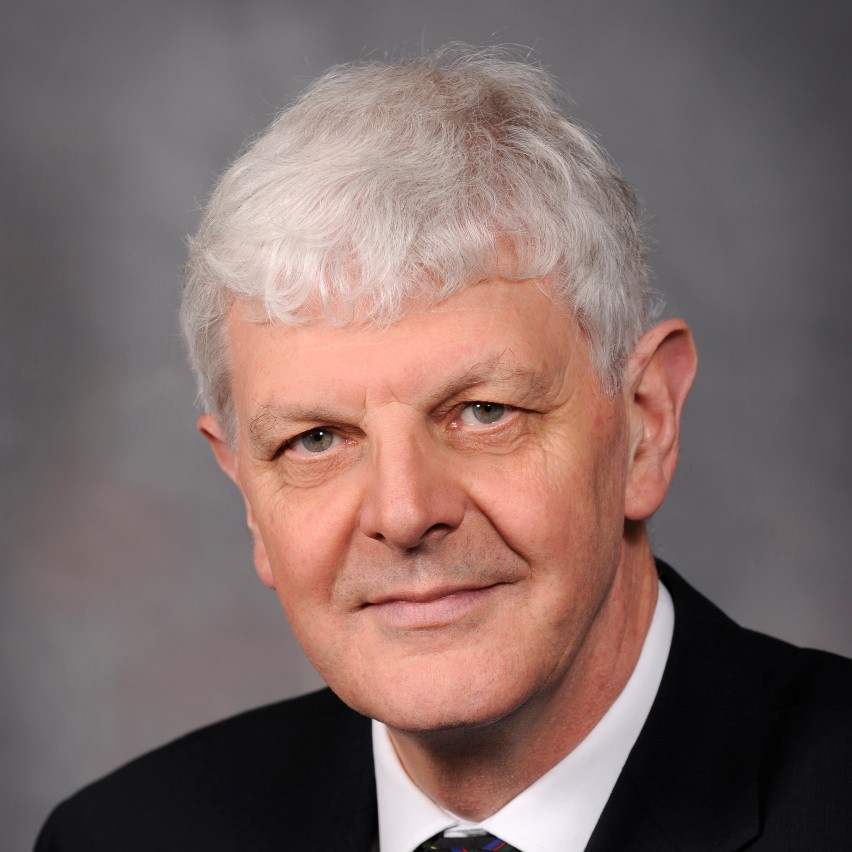

What is your earliest memory of council?
I first attended council in the late seventies. Council was held on the first Monday and Tuesday of June and always in Toronto. That created a long weekend escape from Thunder Bay. It was always amazing to us to see trees in full leaf. My expenses were paid by my Branch Society and there was no honorarium. The honour was in being able to represent the Society! In 1997 the meeting was changed to the Saturday and Sunday format as physicians were complaining that they couldn’t afford to miss office and OR time.
The debates were interesting – although it took time to learn the context. There was a more clinical side to the discussions than we have seen over recent years. There was no clock! The speakers were the usual mix of long-winded, brief, eloquent, angry, pithy and persuasive. The chair rarely had to demand an apology or a retraction for bad behaviour. There was, however, the memorable occasion when a future president of the OMA was ejected from the room after a shouting match with the chair. At lunchtime, there was a cash bar set up outside the room. At the 100th Annual meeting, the guest speaker was C.Northcote Parkinson speaking to his “law” that work expands to fill the time available. I believe that afternoon’s work was completed in record time! At the gala that evening the women were presented with a unique, custom-designed piece of costume jewellery. It was immediately obvious to all the physicians present that this special piece resembled a large, coiled sperm.
What is your most memorable or funniest story from council?
One of the most heated debates I can remember was the motion that “Smoking should be prohibited in the Council Chambers.” Happily, it wasn’t a debate between the smokers and the non-smokers but between the health promotion advocates and the protectors of civil liberties. After a long and acrimonious debate, the motion was passed with a 90% “For” vote.
Where do you see the OMA or medical profession in the future?
The OMA has been well served by a Council that developed by evolution. Only time will tell if the General Assembly developed by revolution will be as successful. Sadly, the membership won’t be allowed to be present to witness the proceedings.
Are we presiding over the death of a profession? We have been so good at what we do that we have made it look easy. Other “health care professionals” are promising to provide the same, or even better service at a lower cost! While this is unlikely to be true the money handlers are taking the bait and making the changes.
Preventative Care can be delivered by anyone with a good algorithm. Family doctors will be pushed out of their Primary Care role but will find a niche in Focused Practice. This will in turn impact the Specialists as the new competition picks the low-hanging fruit that makes their practice affordable. I might be overly cynical but I certainly hope I’m wrong!
What other story or memory would you like to share?
Close votes were counted by standing up and counting off – there was no hiding your position then.
Seeing a very tech-savvy physician who had a keyboard for his Palm Pilot. Followed shortly afterwards by physicians with suitcase-sized laptop computers. Contrast the last council meeting where everyone had one or maybe two laptops or tablets open in front of them - as well as a phone!
There was a phase where there seemed to be a competition to see who could produce the most pertinent Churchill quotes.
Dave Huggins - the chair of the negotiating committee wore the most wonderful elaborate sweaters. A different one for every day of every meeting.
The machinations taking place in the foyer. Maybe that’s where the important decisions were really made! The Sudbury Mafia were renowned for their attempts to orchestrate the meeting.
The chairs – All different but patient, humourous, firm, fair - while trying to keep the show on the road and get the work completed. Thank you to Drs. Paddy Bruce-Lockart, Tom Porter, Christina Hill, John Gray, David Dellandrea, Blake Woodside, Alan Hudak and Sanjay Acharya. As the chairs have needed coffee and hygiene breaks it would be important to acknowledge the support of the various vice-chairs, like “Big” Eric Barker, who have contributed over the years.
After the most heated debate, it was always the consensus that council had made the “right” decision – the “wisdom of council”.
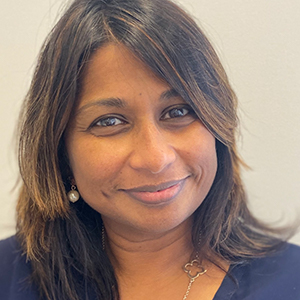

What is your earliest memory of council?
I first came into the OMA as a “last-minute” alternate for District 8. It was 2012 and I remember Dr. Lee Donohue inviting me and telling me that “I wouldn’t have to do anything,” and to “think of it as a weekend away in Toronto”. I now realize this is how she “hooks everyone”! Council and board were very different back then. At that time, council was really a “rubber stamp” for decisions that had already been made by the board. There wasn’t an orientation to the OMA at that time and you learnt on the go. I came from District 8 (Ottawa and area). This was a District that had always been very active and we were a cohesive group. Initially, you had to be elected to council from your Branch Society. Over time this changed and now we are heading into an even bigger governance transformation to a smaller, skills-based board and smaller council. I have been fortunate to be a part of these huge changes over the last 9-10 years.
What are some of the biggest achievements of council?
I think with grassroots doctors being more engaged and involved, council grew into the power that it had always had. Motions were passed that would never have been suggested earlier in the years. Boards were transformed. More recently topics of Relativity and Gender Pay Gap have come to the forefront and examined by a different lens.
What is your most memorable or funniest story from council?
I have always looked forward to council. It was a time to make changes and influence policy but also a time to network and create alliances and friendships. It was also a time for District delegates to discuss local issues and bring them to the forefront. This created a stronger bond and increased our advocacy. D8 had always been cohesive and everyone wanted to join our D8 dinner and over the years we would adopt non-District delegates and allow them to laugh with us. Honestly, thinking about those dinners and the friendships that were made makes me smile. We had a lot of fun while doing a lot of work. The Shoebox event really stands out in my mind as one of the many events that the foundation had put on. That year, I had to bring my girls with me for the meetings and they joined the myriad of other kids who also came. Just fortunate that the organization had evolved to understand some of the challenges of female leadership. We still have far to go.
Where do you see the OMA or the medical profession in the future?
I feel that the changes that have been made over the years will hopefully create a nimble and responsive OMA Board and Council and that this will allow for better engagement of all physicians in Ontario. At the moment, D8 we are still divided and there is a great deal of apathy. I am hoping with the changes, the OMA will be a more engaged organization and a stronger advocate for Ontario’s physicians.
Biography
Dr. Chandrasena OMA delegate (2012 +), SGFP delegate (2013 +), District 8 Chair (2018-2020), Committee on Committees (2017), Ottawa Academy of Medicine Executive (2017-2019), Governance and Nominating Committee ( 2018-2019)
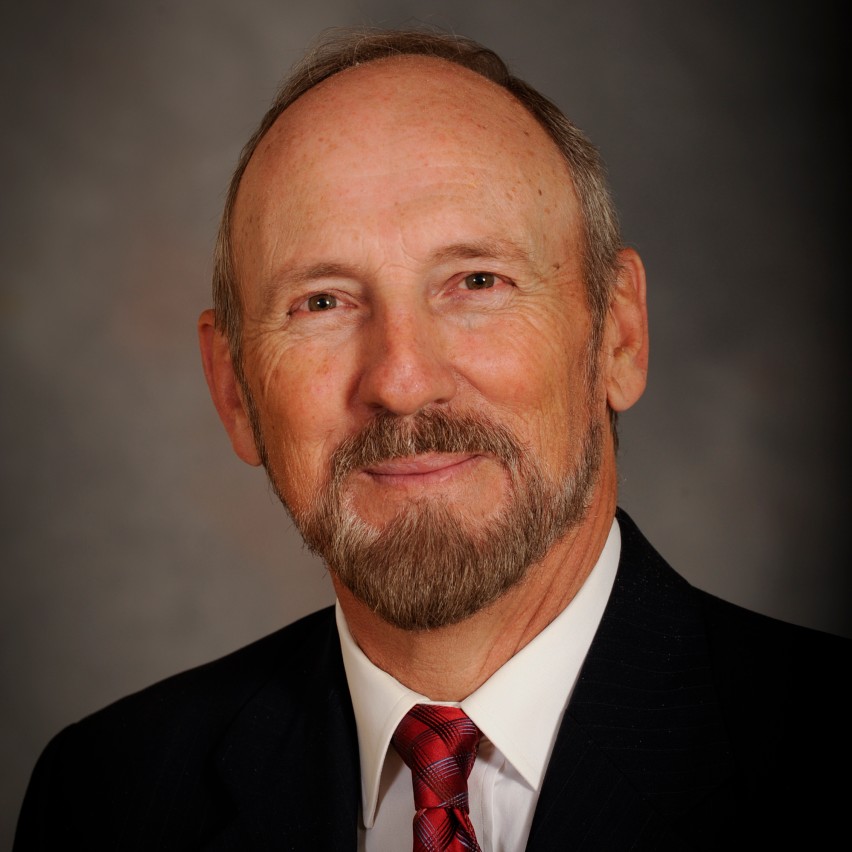

I opened my general practice in North Bay in 1970. During a welcoming phone call from a veteran physician, I was invited to join the local Medical Society where I learned about its relationship with the Ontario Medical Association. In the mid-1970s, I was chosen as one of North Bay’s delegates to the OMA Council.
What is your earliest memory of council?
My earliest memory of the council was how formal and somewhat similar to the British House of Lords it appeared to be! Lots of men and very few women! Also, I was impressed by the skillful control of the proceedings conducted by the chairman who often employed a unique sense of humour to help defuse overheated, contentious debates.
What is your most memorable or funniest story from council?
The most remarkable story from council (albeit a bit tangential), occurred in the mid-1980s when Ontario physicians were considering possible “strike actions” against the government of the day. This was a very divisive issue with many in favour and many opposed. After giving my subsequent report from council to the regular monthly Medical Society meeting, held in the ornate, high ceiling ballroom of the iconic Empire Hotel, a totally unexpected event occurred. A colleague jumped up to loudly declare that the time for just “talking strike" was over and that it was time to act! He then pulled out a shotgun from under the table, pointed it upward and fired a blank shell toward the ceiling…where it still resides!! Not literally, but figuratively, it brought the house down and the story has become part of Medical Society and council lore and legend!!
What are some of the biggest achievements of council?
One of the greatest achievements of the OMA Council has been providing our female colleagues with the recognition they richly deserve and striving to be an organization that is a leader in promoting equality and inclusiveness. The outstanding contributions in the recent era, of OMA Presidents Suzanne Strasberg, Nadia Alam and Samantha Hill, provide ample evidence of the amazing progress which has occurred. Continued focus on this vital issue is necessary so that future actions are not only in the abstract…but also in the concrete seeking lasting change. We have nothing to lose and everything to gain. We’re not fully there yet, but we have come a long way.
Another great achievement of the OMA Council is the process that has allowed our decision-making body to morph from a governing council to a general assembly. As a past chair of council and member of the Resolutions Committee, it has been a privilege to witness the motion which has led to this historic final step being taken. In my memories of council, a recurring phrase has been heard for decades, and now it has taken on a new meaning. That iconic phrase is “The wisdom of council”. After lengthy, detailed consideration, the majority decision of the final governing council session, namely to sunset itself, may be the crowning example of that "wisdom" in action.
Biography
Dr. Dellandrea is a practicing family physician from North Bay Ontario. He is a life member of the OMA and served on the Resolutions Committee. He is the former chair and vice-chair of council, 1992-1996. He is also an active member of the North Bay District Medical Society, District 9 North Bay Delegate to Council, OMA Delegate to CMA Governing Council, Member of OMA Working Groups, and honorary member of the CMA.
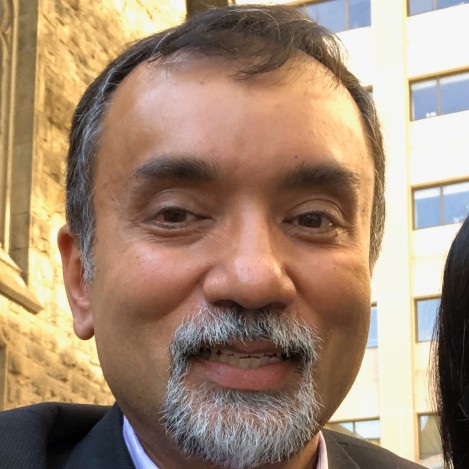

What are some of the biggest achievements of council?
Approving the historic changes that allowed transformation of the OMA.
What is your most memorable or funniest story from council?
When Dr. Alam was elected president-elect, there was a palpable sense of optimism in the air. A sense that after so much difficulty, the profession could look forward to better days ahead.
Where do you see the OMA or medical profession in the future?
I see a stronger, more vibrant OMA. One that is willing to take risks and one that is quick to respond to the needs of members.
Biography
Dr. Gandhi practices family medicine in Stayner, Ontario and has been the Investigating Coroner of Simcoe County since 2001. A graduate of the University of Toronto, Dr. Gandhi is currently an assistant clinical professor at Queen’s University Medical School and a lecturer in medicine at the University of Toronto. He has held leadership positions at both the OMA and in the community, including OMA President, treasurer of the SGFP Executive, Medical Staff Executive and chief of Family Practice at Collingwood General and Marine Hospital, and chair of the board of the Georgian Bay Family Health Team.
Dr. Gandhi was awarded the Queen Elizabeth II Diamond Jubilee Medal in 2012 for Dedicated Service to Peers and the Community, and the Award of Excellence from the Ontario College of Family Physicians in 2012.
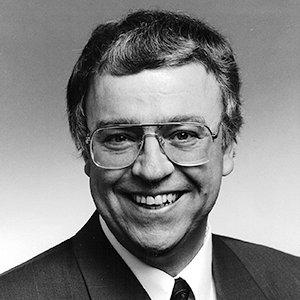

What is your earliest memory of council?
I recall initially attending council as a delegate from the Peterborough County Medical Society commencing in the 1970s. At that time, there were no council term limits, and I was able to attend for many years. Later, I was elected as a delegate from District 6, first as district secretary, then as district chair and finally as district director. For two years, I served as vice-chair of council during the tenure of Tom Porter, who chaired council for many years. I believe that Tom hoped I would succeed him, but I chose instead to run for the Board of Directors, and I was initially elected as director from District 6. Later, I was elected as one of the four members of the board elected from council, a position which was later replaced by the four assembly directors. During my tenure on the board, I served on the Executive Committee, then as president, and finally as past president. Paradoxically, as a member of the board elected from council, I was permitted to attend council but I did not have a vote at council. One of my funniest memories was repeatedly having to ask the chair of council for permission to speak, even when I was president. I don't recall ever being denied permission, however. In later years, while I was CEO of the CMPA, I was pleased to be able to attend council as an observer. While I officially attended as a past president, I was always recognized and welcomed in my role as CEO and was frequently asked to speak on medicolegal, College and related issues.
What are some of the biggest achievements of council?
Over the years, I have seen many iterations of OMA governance reform, including various attempts to reform council itself. During those years, I witnessed groups such as the Specialist Coalition and the Coalition of Family Physicians attempt to disrupt the board and council, but in the end members of those groups seemingly decided to join rather than fight with the association. As former CEO David Pattenden used to say, "you can be much more effective pissing out from inside the tent rather pissing in from the outside." Some of the radicals from those days, including Larry Erlick and Suzanne Strasburg, went on to become very effective presidents. Recent reforms, such as the introduction of term limits and removing the ability of board members to vote at council will, I believe, prove to be major achievements. It remains to be seen whether the dissolution of council itself and replacing it with an entirely new structure will be considered a great achievement. Personally, I worry that the average OMA member may have lost a valuable personal connection with their elected officials, and it is not clear to me how all constituencies, both large and small, specialty, geographic and special interest, will feel that their concerns will be heard or addressed.
What is your most memorable or funniest story from council?
I think two of my recollections of the most memorable events from council were: (a) during the time leading up to and during the 1986 strike. Numerous meetings of council were convened to consider strategies, including one suggestion that doctors in emergency departments participate and close all ERs across the province. Thankfully, after a fulsome debate behind closed doors at council, cooler heads prevailed and ERs remained open. In retrospect, while the strike was a total failure, in many ways it united the profession in ways unmatched since then, and (b), the Harris government's omnibus Bill 196, which among other measures completely undermined the independence of public health physicians and sought to end the CMPA reimbursement programme, which the association had fought so hard for. The reimbursement element of the Bill was removed only when every obstetrician in the Province submitted in writing to Health Minister Jim Wilson a 9-month notice that they would cease to perform deliveries, and would limit their practices to gynecology only, as the fees paid for performing obstetrics would not even come close to matching the cost of paying their CMPA membership fee. The public health aspect of the Bill was unchanged, a decision that came to haunt the government during the Walkerton inquiry.
Biography
Dr. John Gray graduated from Queen’s University in 1971 and practised family medicine in Peterborough from 1974 to 2000. He joined the staff of the Canadian Medical Protective Association (CMPA) as CEO in 2000. Early in his practice, Dr. Gray became involved with medical-political organizations, as reflected in his more than 20 years on the Executive of the Peterborough County Medical Society (including a term as president), and many years as a delegate to both OMA and CMA Council. He served in a variety of capacities with the OMA, including chair of District 6, vice-chair of council, and member of the Board of Directors for 10 years, serving as president in 1997-1998. Dr. Gray was also a member of a number of policy-related committees during his tenure with the OMA, including the Central Tariff Committee, chair of the Regulated Health Professions Committee, and chair of the OMA Committee on Sexual Abuse. He was heavily involved in campaigns that led to legislation on second-hand smoke restriction, bicycle helmets and policies promoting the reduction of environmental pollution. Dr. Gray served five years on the board of directors of the CMA and two years on the council of the CMPA prior to his appointment as CEO of the CMPA. Dr. Gray was also a member of the board of directors of the Physicians Insurers’ Association of America. He is a fellow of both the American Academy of Family Physicians and the College of Family Physicians of Canada. He was awarded both OMA Life Membership and CMA Honorary Membership in 2013.
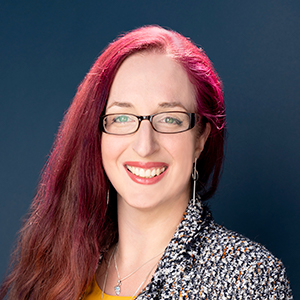
Reflection and memories
I ran for my first delegate position at OMA council with a newborn in tow. I was welcomed with open arms by a community of female physicians in a way I had never before experienced. Women (and some men too!) who were previously strangers, like Javed Aloo, offered to hold or rock my child so I could use the washroom. Others, like Lee Donahue, brought me water and liquids as I nursed. Over the years, I met other parents and we bonded over the amazing childcare program available. Often our kids met before we did, and physician colleagues were reduced to mom of/dad of Audrey and Lexi, for example. It was a community with frequently differing opinions, and I fervently hope the community spirit found at Council survives the transformation.
I never thought of myself as a “girly” girl, nor did I ever expect to champion gender equity. As a youngster, I believed that battle had been fought and won by the generations of women and allies who preceded me. So imagine my surprise, when, as I became active within the OMA I found myself being regarded as a female role model and being asked to take point on various issues. One such issue was reflected in one of the first motions I brought to council, around ensuring childcare stipends were increased so they didn’t present a barrier to OMA engagement. That motion passed, and over the years, I continued to advocate for creative and flexible arrangements that facilitated involvement for physicians from out of town (before everything was online). During my presidency, I was proud to see the OMA put forth a ground-breaking gender pay gap report and to be one of the voices pushing for pay equity.
By far though, the thing I am most proud of is something I didn’t even realize was happening at the time. As a nursing mother, with her infant in tow, I was never particularly concerned about where or when he nursed, whether this was at a restaurant, in the back row of council, or standing at the microphone to debate an issue. Apparently, he began to wail at one such moment and I initiated nursing to quiet him while continuing to make my point. A fellow female physician later told me, that was the moment when she thought that she too could be more involved with young children. That same person, Veronica Legnini, later became the first vice-chair ever of the OMA Board, with her own newborn in tow.
I ran for Surgical Assembly director very pregnant with my second, and for president with yet another newborn. Supported by the community, I became a role model for so many other women with young children and families, demonstrating that they too could aspire to greater roles. The OMA I believe in has space for everyone – no matter age, gender, ethnicity, religion, specialty, or any other way we like to divide ourselves. I know that when we all come together, our differences strengthen us and the OMA.
Biography
Dr. Samantha Hill is the immediate past president of the OMA. Dr. Hill works as a cardiac surgeon at St. Michael’s Hospital and Sunnybrook Health Services. Prior to becoming president, she held several positions within the OMA, most recently as chair of the Surgical Assembly and MRAC Committee. A single mother of two, Dr. Hill is committed to caring for the world for all future generations through mentoring younger colleagues and active environmentalism. She continues to advocate for and personally work on, advancing equity, diversity and inclusion. Post-presidency, Dr. Hill looks forward to re-immersion in academia and clinical care, while continuing to use lessons learned through her OMA Board experience to help advocate for physicians and improve health care in Ontario.
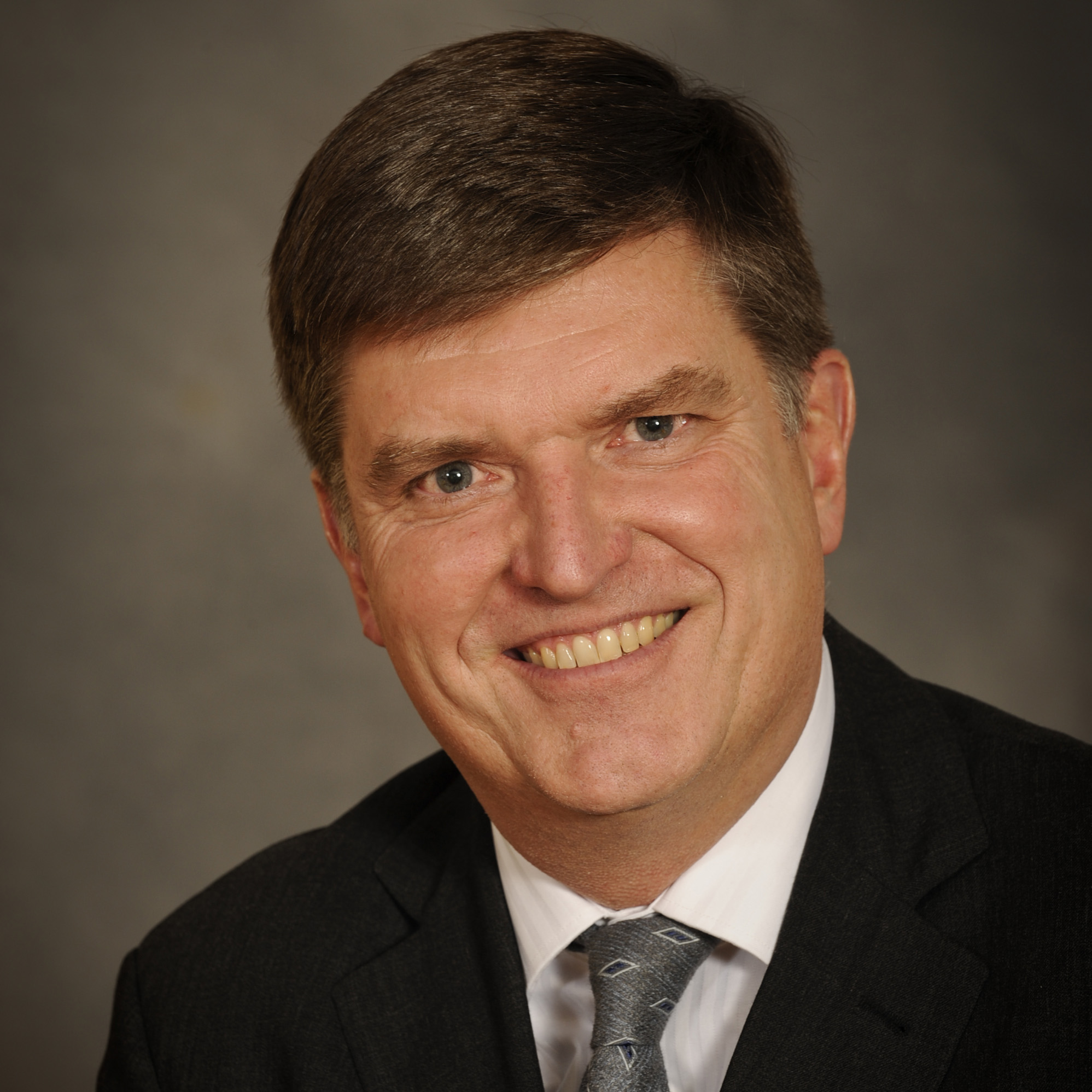

What is your earliest memory of council?
Watching the board being piped into lunch and thinking that it was ”an old boys network”. Tom Dickson arranging for information to be sent out to delegates - before the meeting!
What are some of the biggest achievements of council?
Discussing, understanding and deciding on complex issues such as primary care reform, relativity in all its iterations and government agreements. The wisdom of council prevailed. Further, the work was completed over a weekend! More, it was able to deal with disgruntled groups of the membership in a very reasonable manner.
What is your most memorable or funniest story from council?
John Ludwig used to wear the gaudiest coloured (lime green, bright red) jackets to council. It helped him win an election from council when he pointed out that no one could miss him. The most memorable meeting, however, was the General Meeting of the membership and proxy fight, about the proposed agreement with the government. Very challenging to chair, but the civility and courtesy of the members made it easier.
Where do you see the OMA or the medical profession in the future?
Internally, continuing to grapple with relativity. Externally, proactively developing policies and positions on issues such as literacy and advances in genetic testing and manipulation and advocating to government on our patient’s behalf. We must be seen as more than just a “union” negotiating government contracts.
Biography
Dr. Alan Hudak graduated from McMaster University Medical School in 1978 and received his Fellowship in Pediatrics from the Royal College of Physicians and Surgeons of Canada in 1982. Dr. Hudak moved to Orillia in 1983 to establish a consulting practice in Paediatrics. He was instrumental in developing a regional pediatric program, creating outreach consulting clinics in the surrounding communities. Additionally, he provided locum consulting services in hospitals across Northern Ontario. He has academic appointments at McMaster University, University of Toronto and Northern Ontario School of Medicine teaching PGY4 residents from Hospital for Sick Children and clinical clerks from NOSM and McMaster University. Dr. Hudak has served as chief of the Department of Pediatrics at Orillia Soldiers Memorial Hospital as well as president of the medical staff and member of the board of directors. As well, he has served on the Provincial Advisory Committee on Newborn and Childhood Screening and the Provincial Maternal and Newborn Advisory Committee.
He has been active in the OMA as a member of OMA Council since 1989. Dr. Hudak was District 5 Chair before joining the board of directors for 10 years. During that time he served on numerous committees including chair of the Child Health Committee and chair of the Regional Consulting Pediatrics AFP Working Group. As well, he served as an alternate to the board of directors of the Canadian Medical Association. In 2018, he completed a 10-year term as chair of OMA Council and remains on the Council Governance and Steering Committee. He received the OMA Distinguished Service Award in 2019 and was awarded Life Membership in 2019.
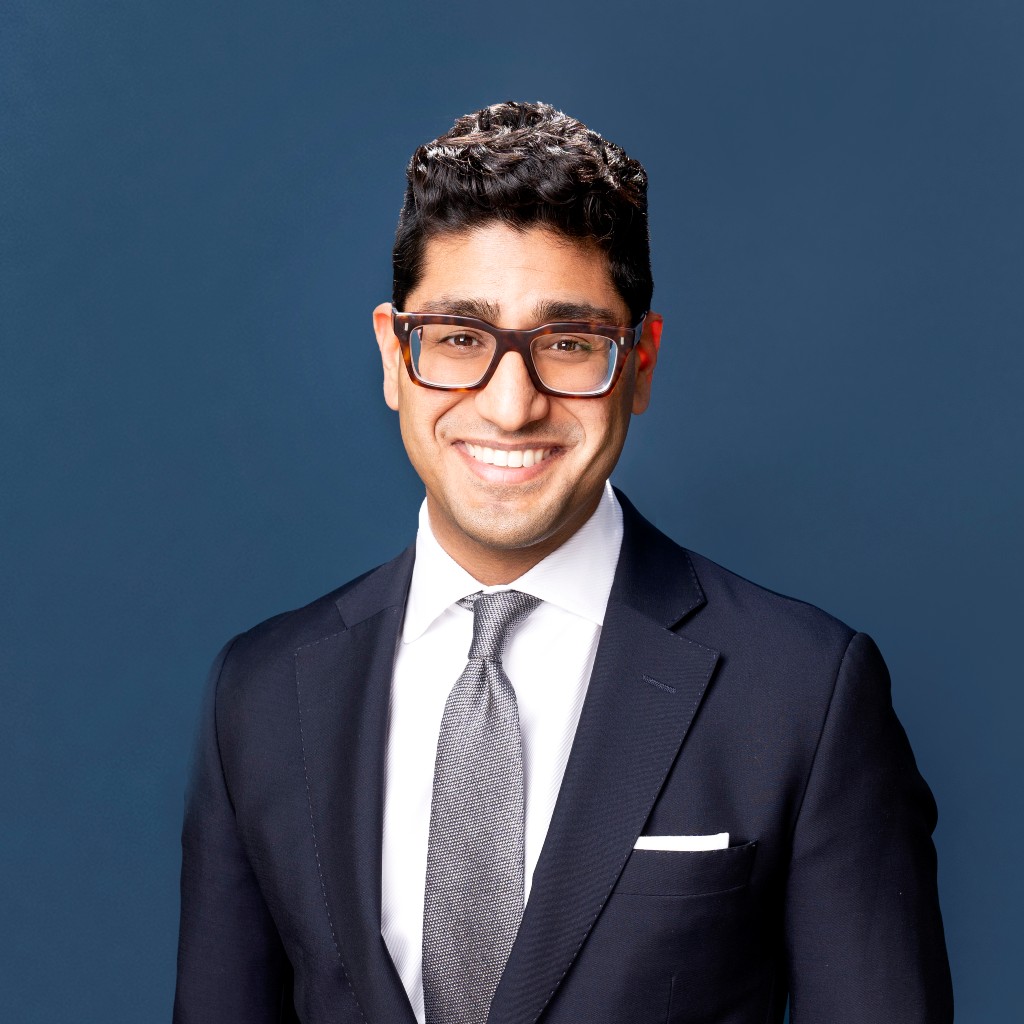

Reflections and memories
I remember first being a delegate to council as a resident when I was a member at large as part of the OMA’s PM&R section. As I became more involved with the OMA - as vice-chair and then chair of my section - I came to value the incredible insight, advocacy and engagement of my council peers as they worked to improve the organization and its ability to serve members. It is this spirit of grassroots evolution and change that I will cherish. The fruits of this labour are ultimately now being harnessed as we transform the organization into one that will be even more informed and empowered by frontline doctors all across the province.
Biography
Dr. Adam Kassam works as a physiatrist and clinical associate at Runnymede Healthcare Centre and Athlete’s Care in Toronto. His clinical practice focuses on musculoskeletal and neurological rehabilitation, and he also serves as a faculty lecturer in the Department of Medicine at the University of Toronto. Born and raised in Toronto, the son of a Kenyan mother and Tanzanian father, Dr. Kassam was the first in his immediate family to graduate from university and become a doctor. Dr. Kassam is the youngest person ever to be elected as president of the Ontario Medical Association and is the first Ismaili Muslim and first physiatrist in this role. Dr. Kassam has a passion for bringing people together, engaging in meaningful discussions and making a difference. Dr. Kassam is proud and honoured to represent and advocate for his colleagues as the voice of physicians with health-care partners, elected officials and in the media. Dr. Kassam lives in Toronto with his wife, Naila, and their rescue dog, Lucy.
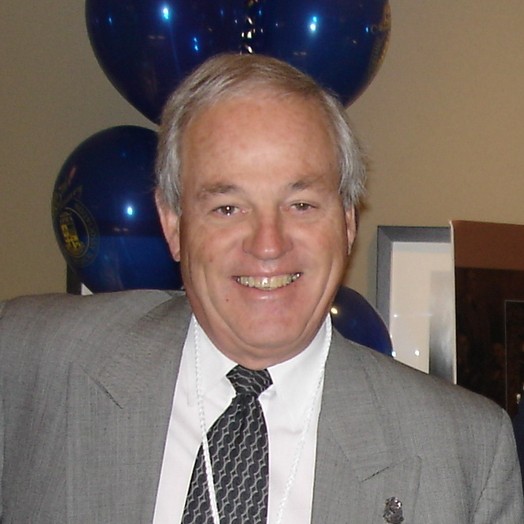

What is your earliest memory of council?
As the past president who served during our centennial year in 1980-81, my memory of council goes back to 1973 when I was first elected in Peterborough as a district director of the board for District 6. Council was always very well attended by delegates from all over the province and I was always impressed by the overall organization and effective deliberations which helped guide the board. The chairmen of council were all exceptionally knowledgeable and effective. In particular, I was impressed with the skills of Patty Bruce-Lockhart, Reg Atkinson, Tom Porter and Blake Woodside.
What are some of the biggest achievements of council?
By 1980, physicians were becoming more agitated over the erosion of the OHIP schedule of benefits. Many physicians were opting out of the plan, recovering payments directly from their patients. As a result of intense negotiations between the Minister of Health, Denis Timbrell and Peter Fraser, our CFO and myself, I proudly presented to council our offered increase in the schedule of benefits of 11.75%. To my surprise, after considerable debate, council (wisely) rejected the offer, requiring that we return to the bargaining table and get more! Just before my term as president was coming to an end in May 1981, the board returned to council with a new offer of 14.75% which was overwhelmingly accepted.
Where do you see the OMA or medical profession in the future?
I am confident that the new governing bodies that are replacing the OMA Council will be just as diligent and effective as council has demonstrated over the 48 years that I have witnessed.
Biography
Dr. Robert MacMillan is a graduate of Queen’s University who received his certification in family medicine in 1973. He began his family practice career in rural Ontario and went on to spend 16 years in family practice in Peterborough. During that time, he served on numerous community boards, was the founder of the Peterborough Child Abuse Committee, president of the Peterborough branch of the Victorian Order of Nurses and initiated Peterborough’s first home care program. He served as president of the Peterborough County Medical Society and was elected president of the OMA in its centennial year, 1980-1981. He also served as Kingston Academy of Medicine Alternate from 2003-2016 and was awarded OMA Life Membership in 2004. From 1982 until 1993, Dr. MacMillan was with the Ontario public service, serving initially as the regional coroner for eastern Ontario, then as assistant deputy minister of health responsible for community health, and eventually as executive director of OHIP. He also served as medical consultant to several organizations, including Angels of Flight Canada Inc., the Ministry of Health and Long-Term Care and Medipac International Inc. Until December 2002, Dr. MacMillan was medical director for Trent Health Insurance Services Corp. and its subsidiary, SelectCare Risk Management Corp., a major Canadian supplier of private health products.
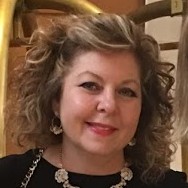

Reflections and memories
I met great friends at council - Dr. Lisa Salamon and Dr. Christine Seidler.
Biography
Dr. Cathy Mastrogiamo is a family physician. She has the unique situation of being a solo practitioner within a FHO and within a FHT. She is also a family medicine preceptor with the University of Toronto, Department of Family Medicine. Dr. Mastrogiamo received her undergraduate degree and post-graduate degree from the University of Toronto and has her fellowship with the College of Family Physicians of Canada. About a third of Dr. Mastrogiamo patients are Italian speaking, and as an Italian speaking physician, she is aware of the unique needs of patients that have English as their second language.
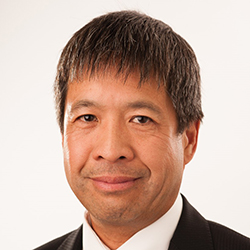

What is your earliest memory of council?
My first council meeting was in 1995. We all wore suits to the council meeting and everyone would be walking around carrying their white council binder. There were laptops. There were lots of newspapers, which were openly read during the more mundane discussions. Pagers were the principal means of notifications and if you were technologically savvy, you had a Motorola MicroTac for a cell phone. Otherwise, your cell phone (if you even had one) was a brick. The use of paper ballots was elevated to the level of a science. The demographic was best described as "stale, male and pale".
What are some of the biggest achievements of council?
Historically, the decision to take a 0.5% reduction in fees in exchange for Medical Professional Corporations. Presently, governance transformation is the greatest achievement in enabling an OMA that will be relevant for generations to come.
What is your most memorable or funniest story from council?
In one council discussion about cybersecurity and encryption as it related to the state of EMRs and EMR implementation, Dr. Shipley, another stalwart of OMA Council, offered his version of encryption - declaring that his handwriting was the encryption for his medical records!
Where do you see the OMA or medical profession in the future?
The OMA is an organization that physicians created and an organization that has served physicians for over 100 years. There are not many 100-year-old organizations that exist today because to survive, organizations need to adapt and transform to stay relevant. I am proud of the OMA we have today, as I see an organization that is forward-thinking and proactive, and whose primary purpose is to facilitate and promote physicians as leaders of our health-care system.
Biography
Dr. Ng has been a family physician in Windsor, Ontario for over 30 years after graduating from the University of Western Ontario in 1984. He served as the director of District 1 from 2013 to 2017 and again in 2019-2021. During his tenure, he served as the chair of the Board of Directors, chair of the Strategy and Transformation Committee, and chair of the Human Resources and Compensation Committee. He also served on various committees including the CMA Affiliation Committee, Member Communications and Public Affairs Advisory Committee, Board Governance Committee, Budget Committee, Member Services Board Committee, and the CME Advisory Committee. He is also a graduate of the OMA-CMA Physician Leadership Development Program Cohort 5.
Locally, Dr. Ng was the president of the Essex County Medical Society in 2002 and the chief of the Department of Family Medicine at Windsor Regional Hospital for 14 years from 1994-2008. He currently serves as the medical director at two long-term care homes in Windsor and is an adjunct professor with the Western University Schulich School of Medicine and Dentistry.
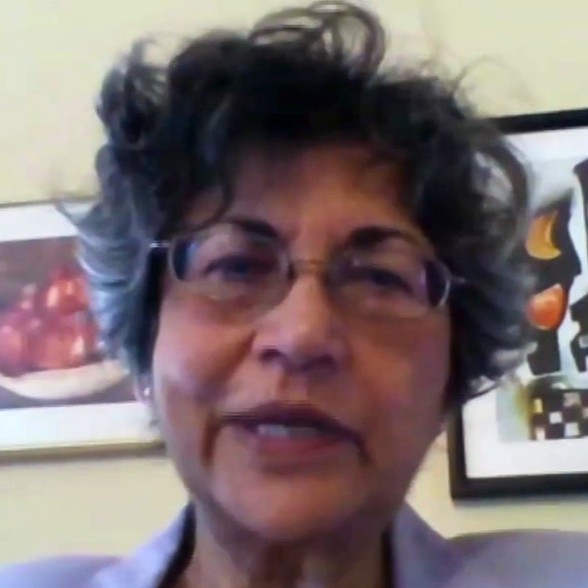
Biography
Dr. Shenaz Pabani has 40 years of providing comprehensive primary care, including but not limited to hospital emergency and inpatient care, surgical assist, obstetrics and gynecology. Presently, she is a member of the Sudbury Family Health Group, Collaborative Mental Healthcare Network and Assistant Professor at the Northern Ontario School of Medicine with a focused practice in Women’s Health and vulnerable populations. Leadership positions she has held include delegate to the CMA AGM - 2016-2019, Board of the College of Family Physicians of Ontario-Director Northeastern Ontario - 2004-2010, Board member, ECHO Ontario- 2009-2010, member of the Indigenous Interest Group at NOSM; as well as having served on several committees including research and ethics board, emergency department, medical records and audit.
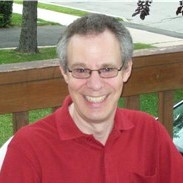

What is your most memorable or funniest story from council?
For me, lunchtime was one of the most memorable parts of council. Putting faces to names I had only heard about, discussing fresh ideas with colleagues from parts of the province I had never been to, observing how physicians feed themselves within the context of healthy nutritional guidelines, all provided food for thought. As someone who has special dietary needs, OMA staff attempted to accommodate them as best as possible. It has been fascinating over the past few decades to observe the increasing number of physicians with special meal requests for religious, ethical or health requirements. From the gluten-sensitive to the allergic, to the vegan and vegetarian and pescatarian, to those limited by the rules of kashrut and halal, the OMA went out of its way to try to respect this interesting subset of council members. It was nice to see the OMA's commitment to equity, diversity and inclusivity in action long before it was a trending thing. Thank you to OMA staff for the extra work involved in attempting to allow us to feel included during mealtime discussions.
Biography
Dr. Pupko is a psychotherapist practicing in Toronto, Ontario. He has served as a council delegate, branch society president, and Section executive member.
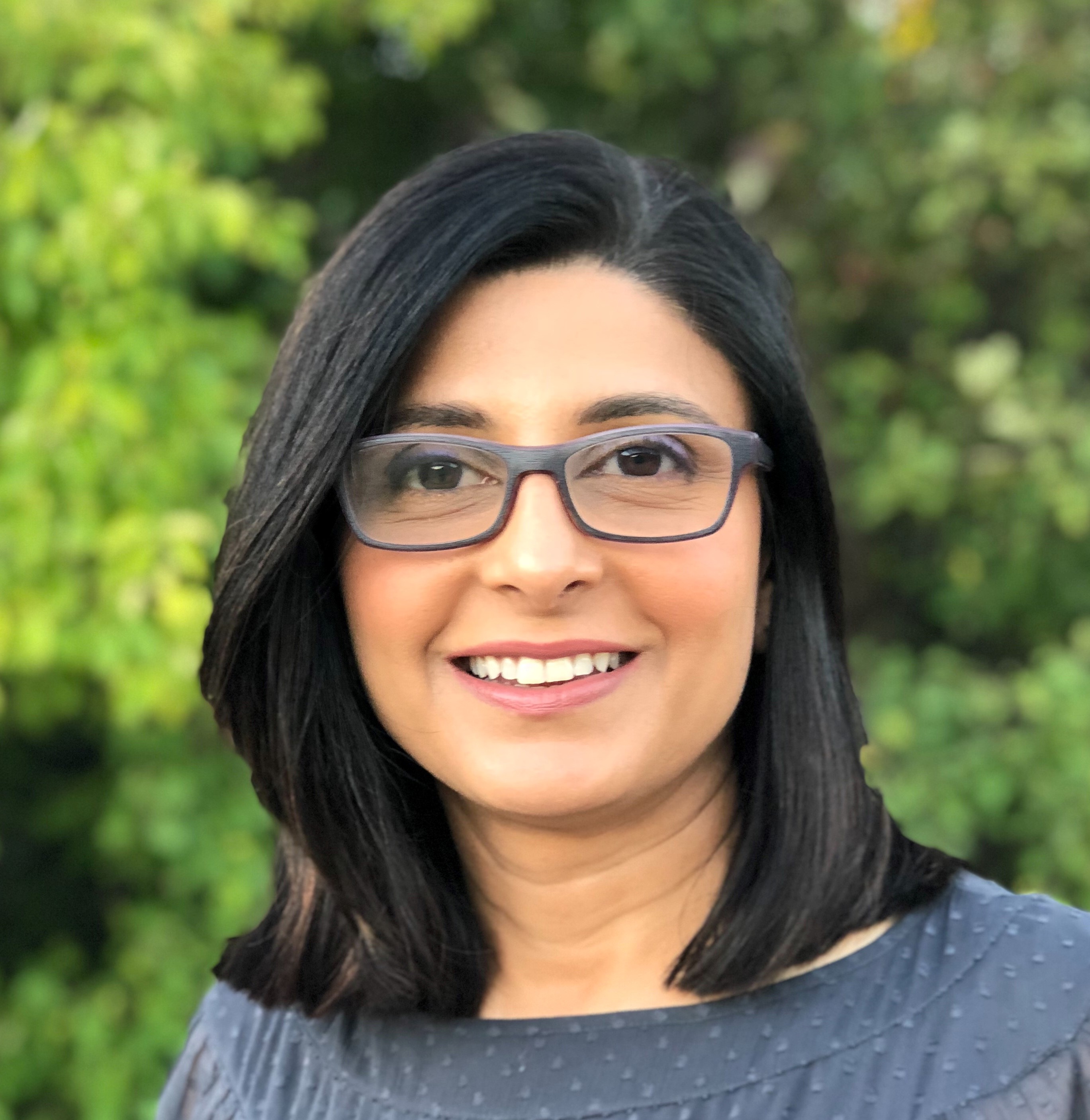
Biography
Dr. Deepa Soni is an emergency medicine physician at Credit Valley Hospital in Mississauga. She has served as OMA District 5 delegate to council for 4 years, Branch Society president of the Credit Valley Branch Society, assistant professor, Department of Community and Family Medicine at the University of Toronto, and as a peer support lead with Trillium Health Partners.
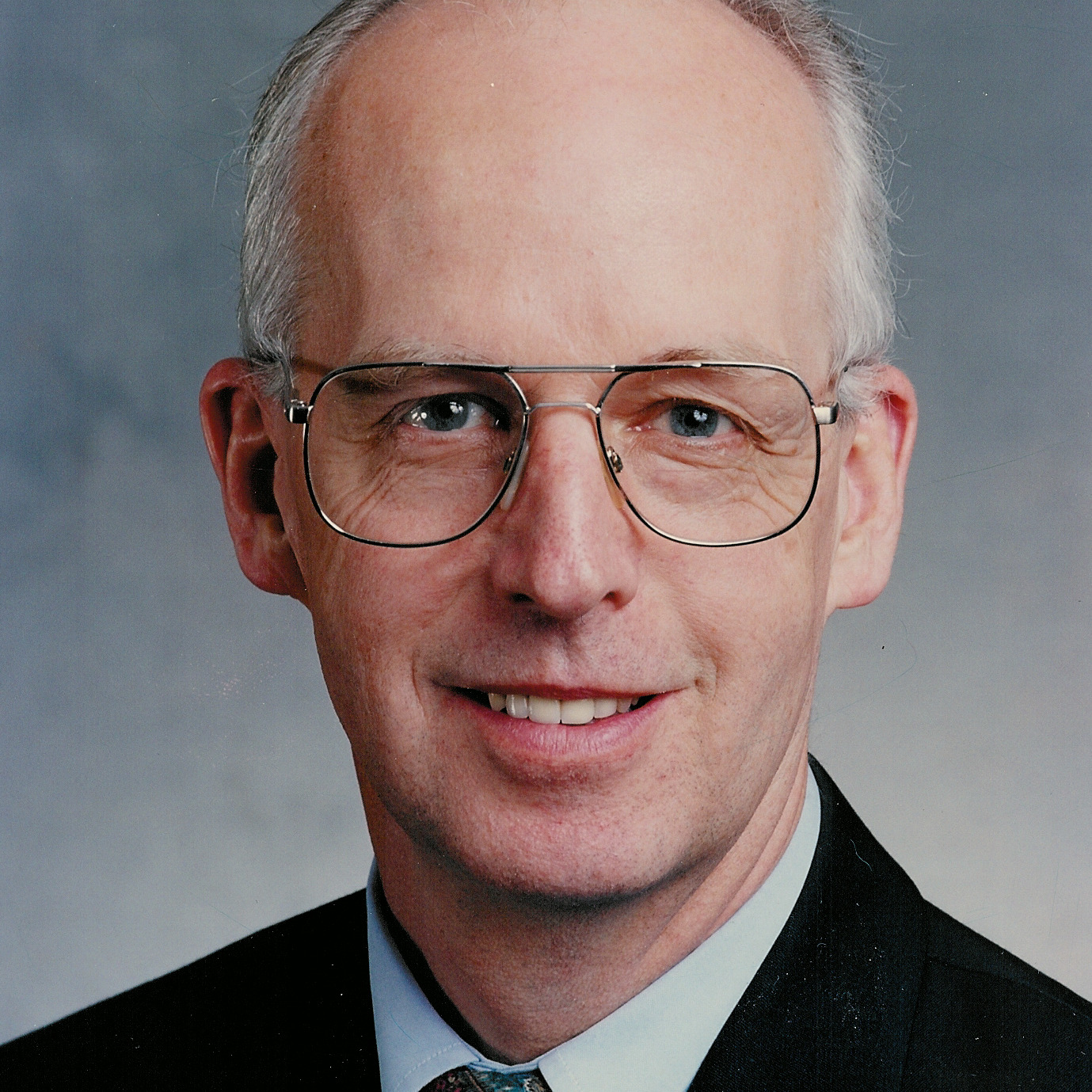

Memorable words
"I attended my first OMA Council meeting almost 50 years ago. The main topic under discussion at that meeting was relativity of the fees and income. It was recognized that specialists made more in compensation for their extra training and the loss of early years of income. Sometime previously it seemed to have been determined that the income of family doctors should be 80% of specialists however the concern was that this was not happening. The discussion dominated the agenda with multiple solutions being proposed. Half a century later solutions and methodologies are still being developed and debated. After all this time, one has to wonder if it will ever be possible to have this issue resolved within the fee-for-service system.
[On the topic of council’s debate and decisions regarding the RAND formula.] The Rand Formula was always controversial. Negotiated along with Representation Rights and an Arbitration process, it was then suspended by council when the government later cancelled the Representation Rights. However, council restored the use of Rand in a grassroots decision to share negotiation expenses fairly ending the accusations of RAND being put in as a conspiracy. The process highlighted the importance of physician's need to feel involved in decision making. As much as governance reform is needed it should not become so efficient that the grassroots input of the old Council meetings is lost. That input may have been raw and challenging at times but in the end when the emotions settled down council usually made wise decisions. It certainly made a lifetime of memories."
Excerpts from Dr. Thoburn’s reflections on attending half a century of OMA Council meetings
Biography
Dr. Michael Thoburn graduated from the University of Western Ontario in 1970, before interning at St. Joseph’s Hospital in Hamilton. In 1971 he began a family practice in Kitchener-Waterloo and started attending OMA Council meetings as a branch society delegate shortly afterwards. Dr. Thoburn became president of the Kitchener-Waterloo Academy of Medicine, and chair of OMA District 3, before joining the OMA Board of Directors in 1984. After taking over and completing the OMA presidency of the late Dr. Adam Linton (1991-1992), Dr. Thoburn served as OMA president for his own term from 1992-1993. He was awarded OMA Life Membership in 2010.
At the national level, Dr. Thoburn served as treasurer of the CMA (1994-1995) and executive member of MD Management. In 1995, Dr. Thoburn accepted an offer to join the OMA staff as executive director of the Professional Services Department. In this capacity, he provided oversight of several OMA programs, including rural CME support, rural locum placement, practice advisory services, computer teaching, the Physician Health Program and the Quality Management Program for Laboratory Services. Externally, he represented the OMA on numerous boards and organizations, including the Ontario Physician Human Resource Data Centre and the Ontario Health Technology Advisory Committee. Following his retirement from the OMA in 2009, Dr. Thoburn returned to Waterloo, where he re-entered medical practice as a locum physician, with a particular interest in electronic medical record systems.
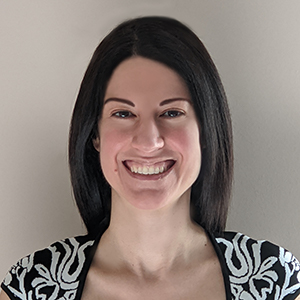
Biography
Dr. Renata M. Villela, MD, FRCPC, is a psychiatrist in independent community practice in Thornhill, focusing on individual long-term psychodynamic psychotherapy. She is currently serving the Ontario Medical Association as Section on Psychiatry vice-chair and delegate and as District 5 secretary and delegate. She is also the president & psychotherapy initiative lead for the Ontario Psychiatric Association.
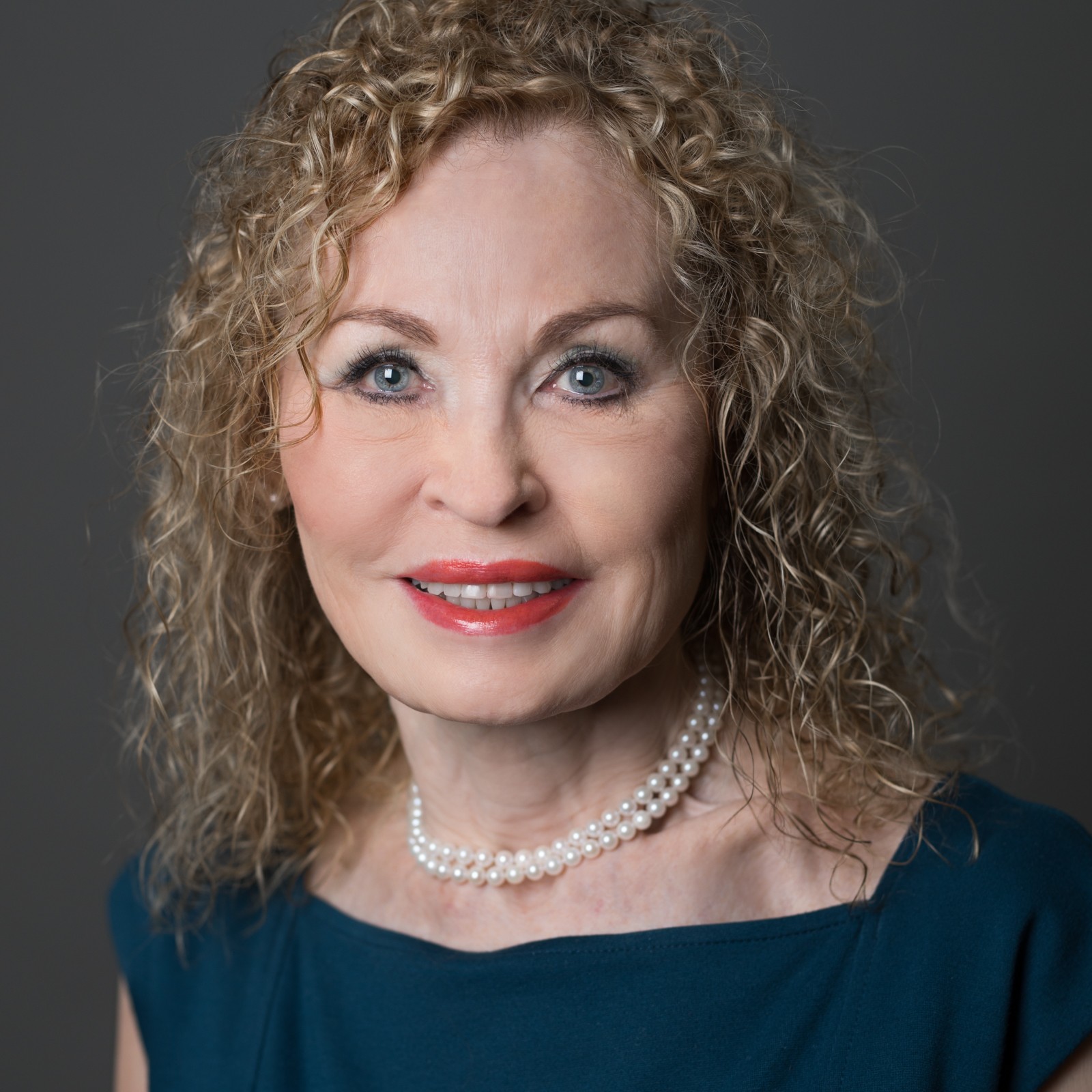

What is your earliest memory of council?
Walking into the room in the 1990s and realizing every important decision about the profession in Ontario was made in the room and knowing that I just had to be part of the process.
What are some of the biggest achievements of council?
Perhaps the sun setting itself! Voting for the OMA to be the only negotiating body for the profession. Voting for changes in tobacco use, seat belts and bicycle helmets in the province. Refusing to accept a number of poor agreements offered to the profession by the government. Fighting back about the MRC and detailing its effect on the profession.
What is your most memorable or funniest story from council?
The most memorable councils have been when we de-Randed ourselves, the council where we Randed ourselves back in, and the council following the sale of the building on University Avenue.
Where do you see the OMA or the medical profession in the future?
Hopefully, the OMA will be able to engage the grassroots physicians with some of the new changes and represent all members of our profession fairly. We need a new fee schedule and we need to solve relativity. Only then, as some like to say, can we become the “best medical association in the world”. Realistically, we need to be seen as the association that other stakeholders go to for advice. There are many changes about to take place in the practice of medicine including AI, virtual care, technology advances and the profession needs to be ready to embrace them. The profession must also embrace equity, diversity and inclusion to fully utilize all the talent in our profession. Above all, the patient must remain central.
What other story or memory would you like to share?
Council has been a lifetime of education, excitement, responsibility and friendship for the Wexlers.
Biography
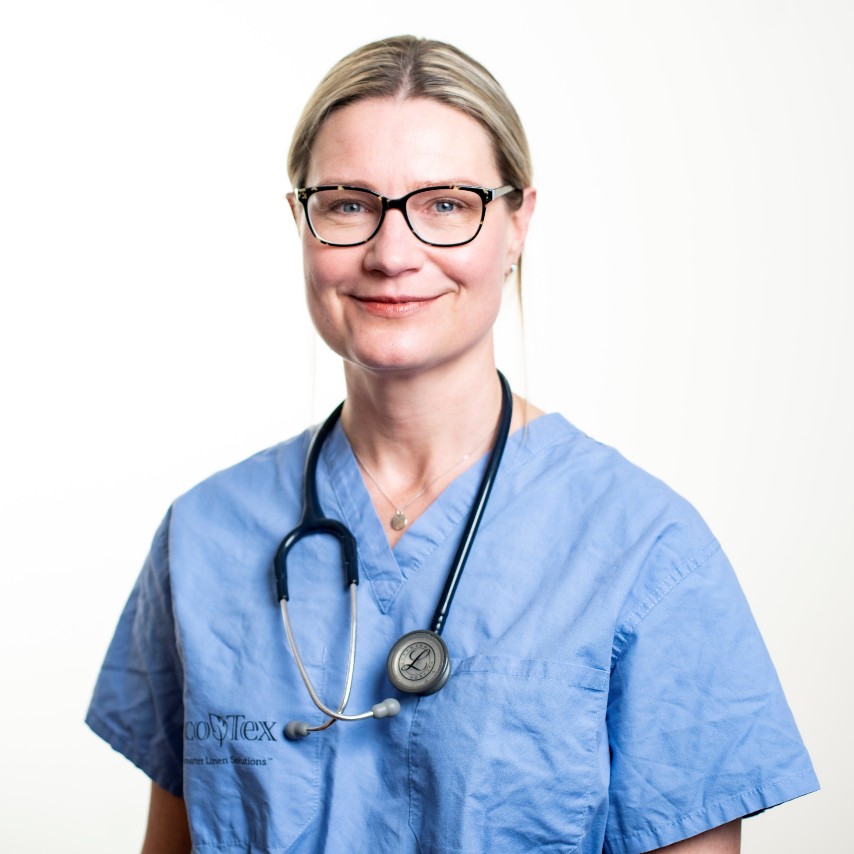

What is your earliest memory of council?
"I remember coming to fall council 2019 and meeting both Dr. Samantha Hill and Dr. Sohail Ghandi. As key OMA physician leaders, I was inspired by their knowledge, insight and compassion. I was also drawn in by their interest in me, who I was, as an ER doc and hospitalist and the ease in which we shared stories. I could tell I was not a statistic inside the organization but someone who was highly valued and supported."
Biography
Dr. Rose Zacharias, based in Oro-Medonte, Ontario, is a medical hospitalist and physician wellness officer with Waypoint Centre for Mental Health Care. Dr. Zacharias is a board director for the Ontario Medical Association.
Quotes from past members whose historic contributions are preserved in the OMA archives.
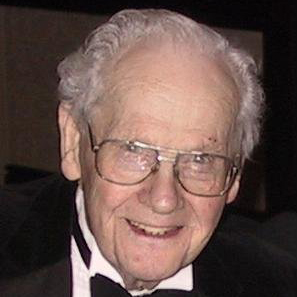

Memorable comments
Comments made during council discussion on the Medical Welfare Plan, a province-wide relief plan to provide medical care for indigents. It was instated by the government of Ontario in 1935 and administered by the OMA. The plan ceased when OHSIP (Ontario Health Services Insurance Plan) was introduced in 1969. A council member suggested that council instruct the executive and board of directors of the OMA that the individual physician shall have the right to determine the method of determination for medical services provided to all people including the totally and partially subsidized groups.
“There is one thing that I think is undoubtedly true and that is, that government, over the years, has been satisfied with the Medical Welfare Plan because they have found that it takes off their shoulders administrative headaches. They have also found that the profession runs it pretty well to the satisfaction of the people. […] I think this is the context in which you have to look at this particular problem. It is not a question of a man operating out, or a man dealing directly with his patient; I think any doctor who wishes to deal directly with Indigents, at the present moment we have no method of compelling him, he deals directly with him anyway. I don't think anything is inherently changed in this, but at the present time I think, through Council, every doctor at least feels that he has a chance to get up and grumble, suggest, complain, make recommendations about the Medical Welfare Plan and if he can't sell it to council, then I think it is likely that he hasn't got a good case, because I think council is pretty fair and over the years has proved very wise in this field.”
Dr. Patrick Bruce-Lockhart
Biography
Born in Scotland, Dr. Bruce-Lockhart studied medicine at Edinburgh University qualified as a physician in 1940. A member of the Scottish fencing team, he worked his way through medical school in Edinburgh. Spent time in India during WWll with the British army. Dr. Bruce-Lockhart moved to Sudbury in 1953 as an OB/GYN where he lived out his life and medical career. As a champion for Northern Ontario, he made significant contributions to establishing accessibility for health care, a range of programs for the arts, and post-secondary education. He committed endless hours to the betterment of medicine in Canada, in a range of roles that included president of the OMA, speaker of council for the CMA and chief of Obstetrics at the General Hospital. He was named Emeritus Professor by the Royal College of Obstetricians and Gynaecologists. He practiced medicine into his 80's and passed away in 2012 at the age of 91.
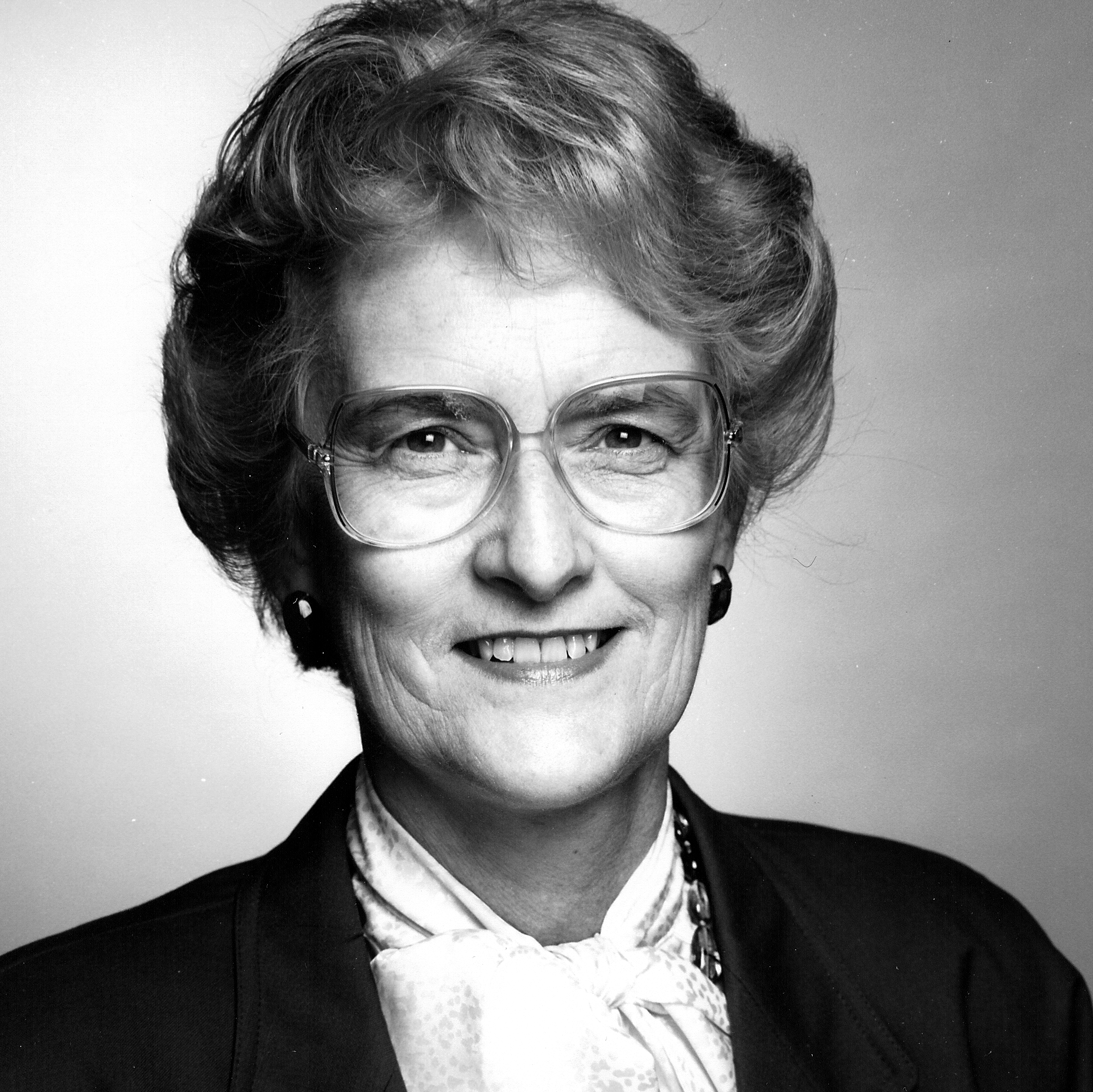

Memorable quote
“I believe that council yesterday took an important step in dealing with the challenges facing us. You chose to work toward shaping tomorrow instead of defending yesterday. We have debated issues freely, have recognized diversity and have acknowledged the importance of coming to a consensus of action. It is also a recognition of the enormity of the task of improving the working environment for our members.”
Speech to the 1990 OMA Annual Meeting, as OMA President
Biography
Born in Toronto in 1933, Dr. Guzman served as a high-level civilian doctor at the National Defence Medical Centre for much of her career. Among her notable roles, she was president of the OMA (1989-1990), president of the CMA (1991-1992), president of the Federation of Medical Women, president of the Alzheimer’s Society of Ottawa-Carlton, and chair of the Canadian Forces Health Services Council. She founded several clinics, including the first Canadian outpatient rehab program for patients with chronic lung disease and was part of the first Canadian team to assess the efficacy of CPR in 1963. Dr. Guzman also taught medicine at the University of Ottawa.
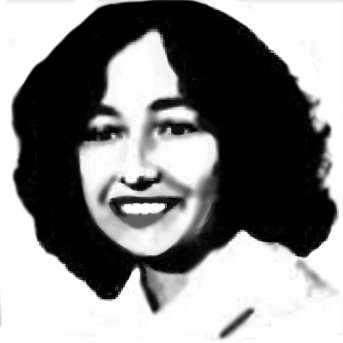

Memorable quote
"I have had an educational experience which I think money cannot buy. It has been enjoyable as well as difficult at times and I'd like to thank you for the kind words as well.”
Closing remarks to the May 1994 OMA Annual Meeting, as Chair of Council
Biography
Born in 1954, Wolverhampton, England, Christina Ethel Hill came to Canada in 1951 with her parents who settled in Guelph, Ontario. Christina entered the Medical Faculty at the University of Toronto, graduating M.D. in 1969. After interning, she commenced specialty training in Urology and obtained her FRCSC in 1976. In so doing, she became the first female Urologist in Canada, setting up a urological practice in Ottawa. Dr. Hill was the first and only female chair of council from 1992 – 1994 and was a representative on council for District 7. She also sat on the council of the College of Physicians and Surgeons of Ontario (CPSO), was co-chair of the CPSO Discipline Committee, was president of the Academy of Medicine of Ottawa, and was president of the Federation of Medical Women of Canada.
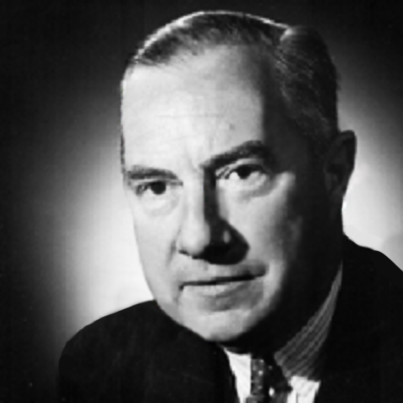

Memorable quote
“I am talking about the year 1929. In the springtime I had, as I said, my first exposure to the Ontario Medical Association and this interested me intensely in the work of the Branch Society which had been host at this meeting. I refer to the Hamilton Medical Society. Let me also remind you that 1929 was notable for two significant events - one personal and one catastrophic. The former was my marriage on September 14th […]. The catastrophe that I refer to was the onset of the Depression. But my recollections are not of economic suffering but of active participation with friends in recreational activities and, due to my interest in the local Medical Society, I stood for election as Assistant Secretary of that body. […] I became deeply involved as an official with the Ontario Medical Association - a member of committees, a representative to the council of the association, a frequent correspondent with the head office and with Dr. Routley, and I was altogether immersed in my field which, up to that time, had been vaguely attractive to me but now became a preoccupation.”
Notes from semi-autographical work, 1977
Biography
Dr. Kelly was born in Toronto, Ontario in 1901. He received his MB degree in 1925 and pursued the study of pediatrics at the Hamilton General and the Hospital for Sick Children in Toronto. In 1938, following 9 years of pediatric practice in the Hamilton area, he succeeded his mentor, Dr. Clarence Routley as General Secretary (now referred to as CEO) of the OMA (1938-1940). During five years of service in World War II, he played a key role in organizing personnel management of medical services for the Royal Canadian Air Force. Known for his work in administration, he became CMA General Secretary in 1954. The major evolution of medical care insurance took place during Dr. Kelly’s term (1954-1966). His advice and counsel were respected - indeed sought - by senior government ministers and officials. Following his term, he was managing editor and a regular contributor to the CMA Journal. Dr. Kelly's contributions were recognized by numerous awards and honours including the Order of Canada, the CMA Medal of Service, the Canada Centennial Medal and the distinguished service award from the Red Cross.
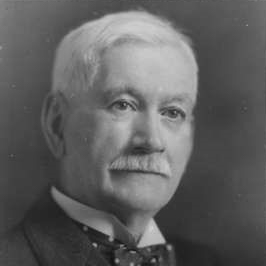

Memorable comments
“I wish further to thank those who have laboured so faithfully and given so much of their time and thought in preparation for this annual meeting. The programme is extensive and varied. It is the menu card of the annual feast prepared for you. I trust you have come here with appetites keen-edged for the discussion of things professional, old and new. For at this feast, as at all others, "fames est optimum condimetum” (hunger is the best of seasonings). For a portion of this programme we are indebted to our medical brethren of the great neighbouring republic. To them, I extend a warm welcome from this Association. We are indeed pleased to have them with us. Reciprocity in medical thought is and always has been, the world over, one of the outstanding landmarks of the profession.”
Address to the OMA Annual Meeting, as OMA President, 1914
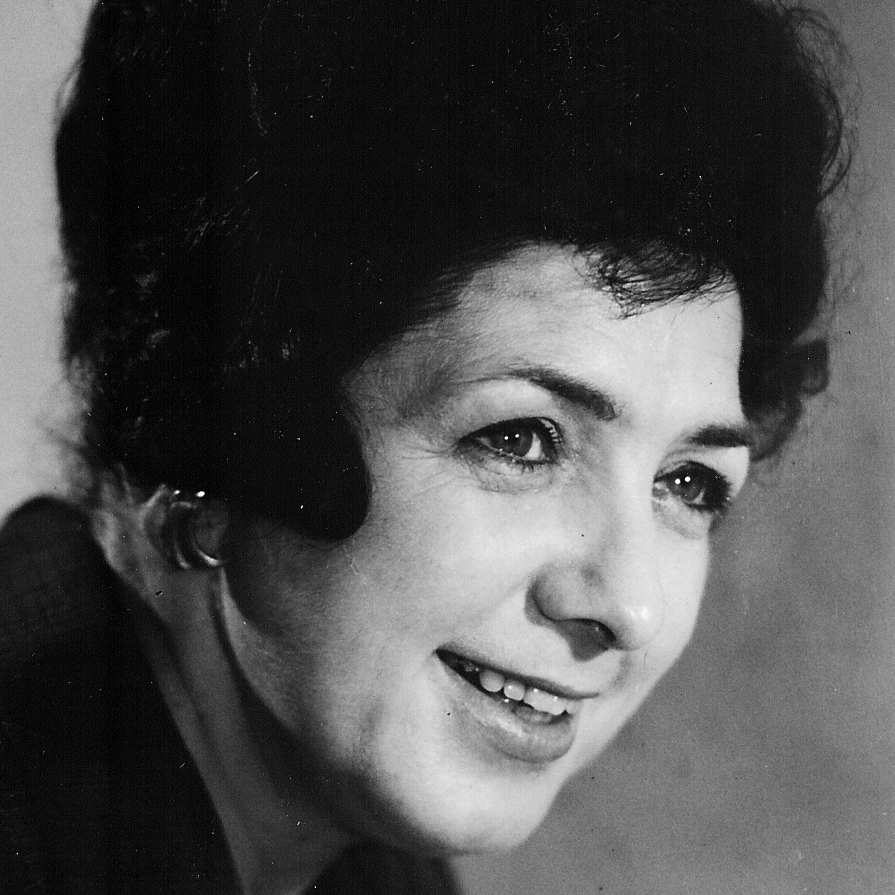

Memorable quote
“…The leadership role the OMA has played in organized medicine, is recognized in all quarters of Canada and is now appreciated the most.”
Speech to the 1975 OMA Annual Meeting, as CMA president
Biography
Born in Aurora, 1924, Dr. Stephenson practiced family medicine in Willowdale. She was an active member of the medical staff at Women's College Hospital in Toronto until 1988, holding several leadership positions including director of the Outpatient Department and the first chief of the Department of Family Medicine. She was also a founding member of the College of Family Physicians of Canada. From 1964-1973, Dr. Stephenson served on the OMA Board of Directors and was elected first woman president of both the OMA (1970-1971) and the CMA (1974-1975). Dr. Stephenson received many honours including the Order of Canada and the Order of Ontario.
OMA in photos
